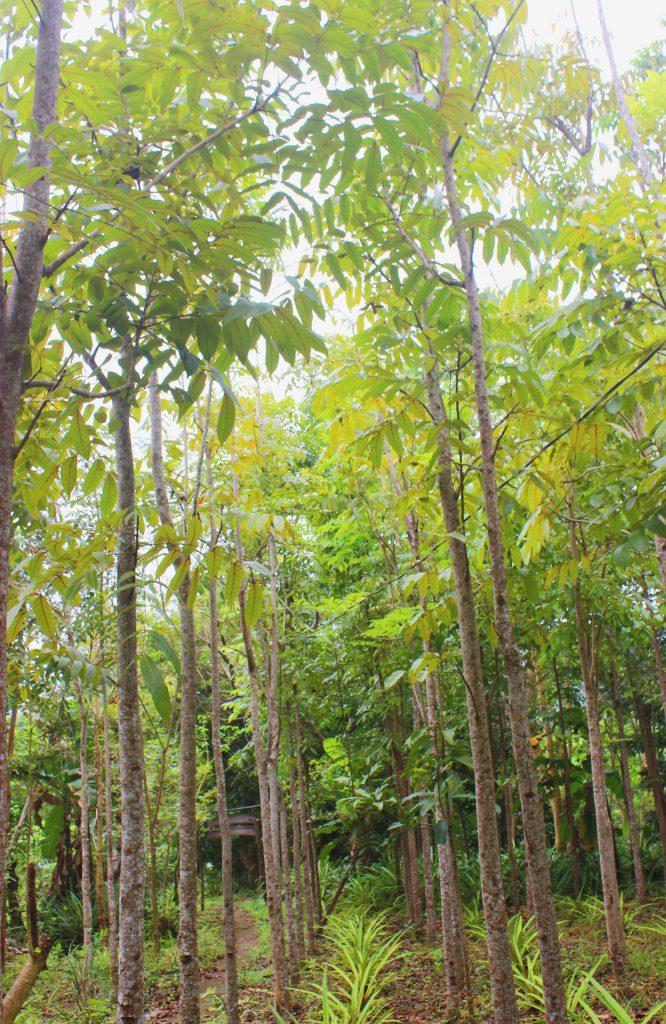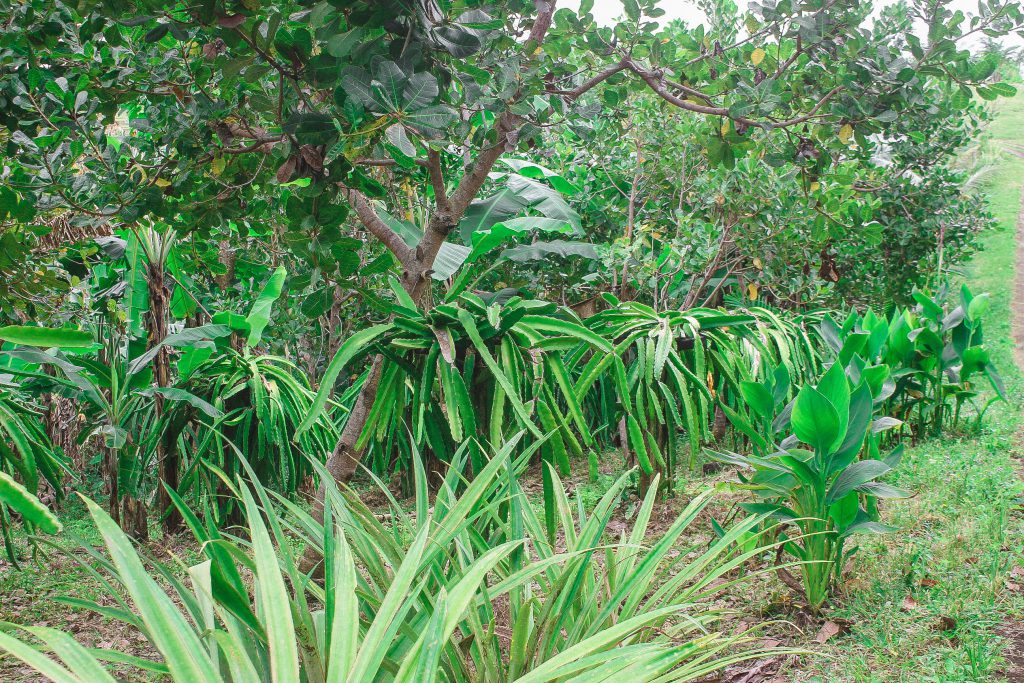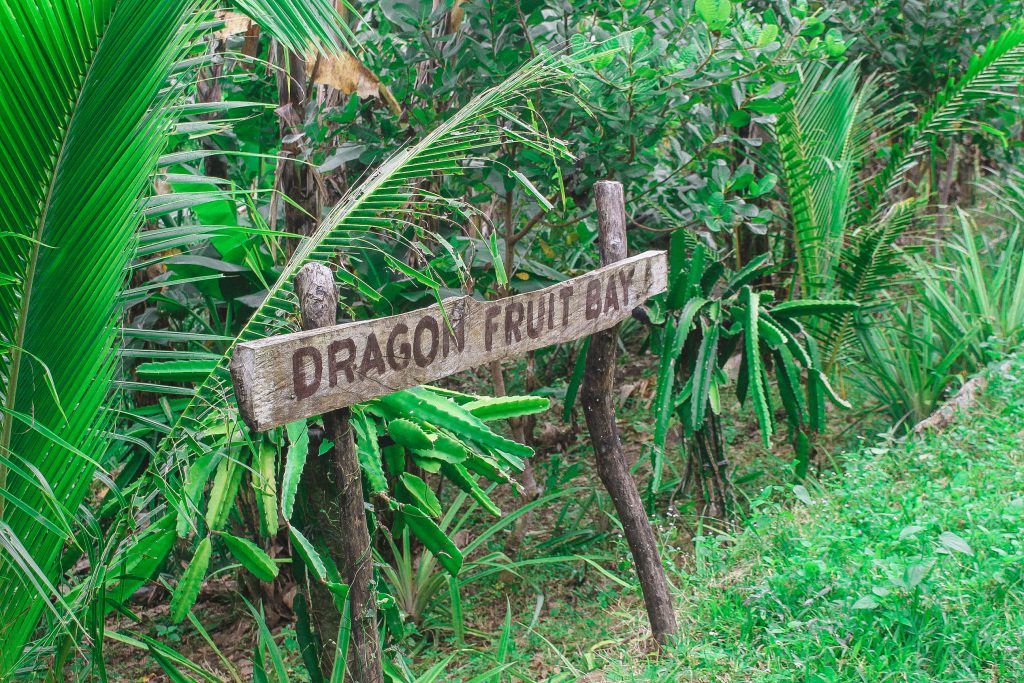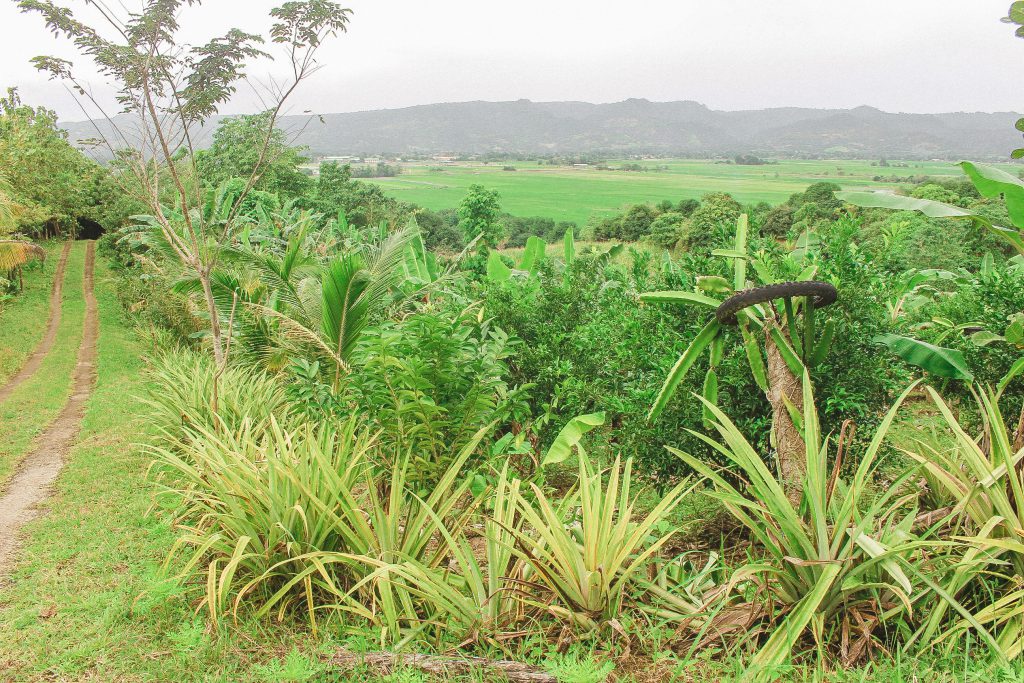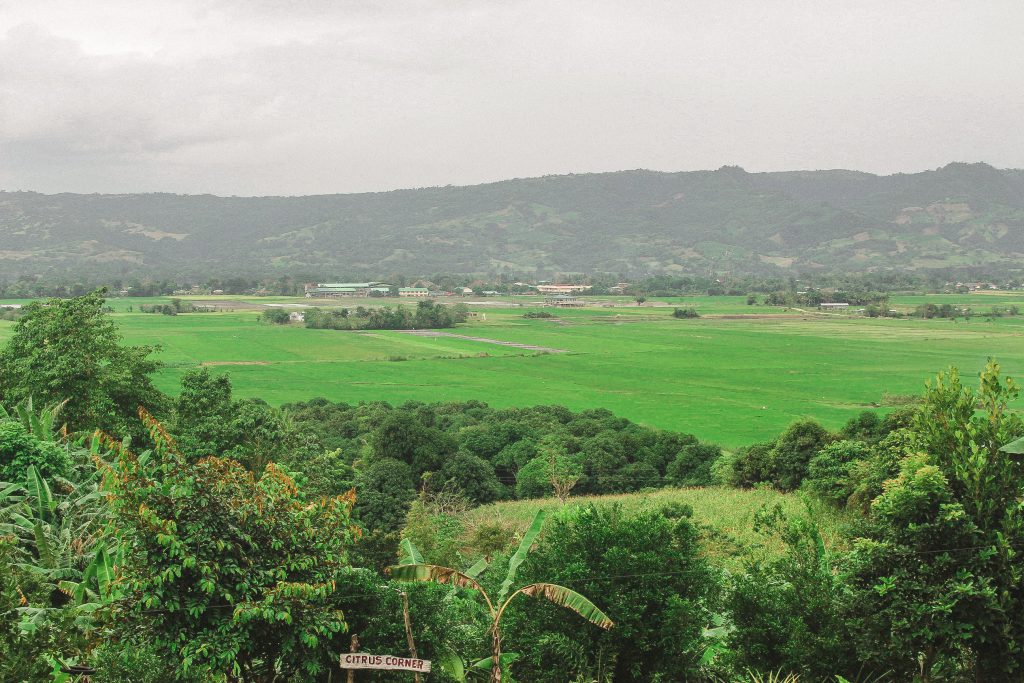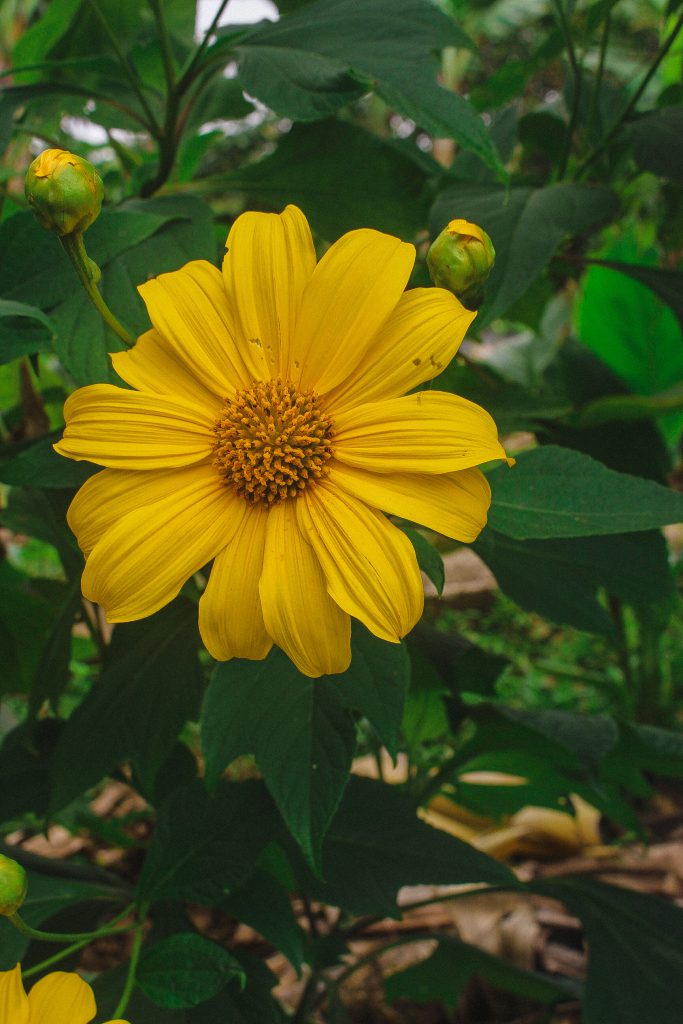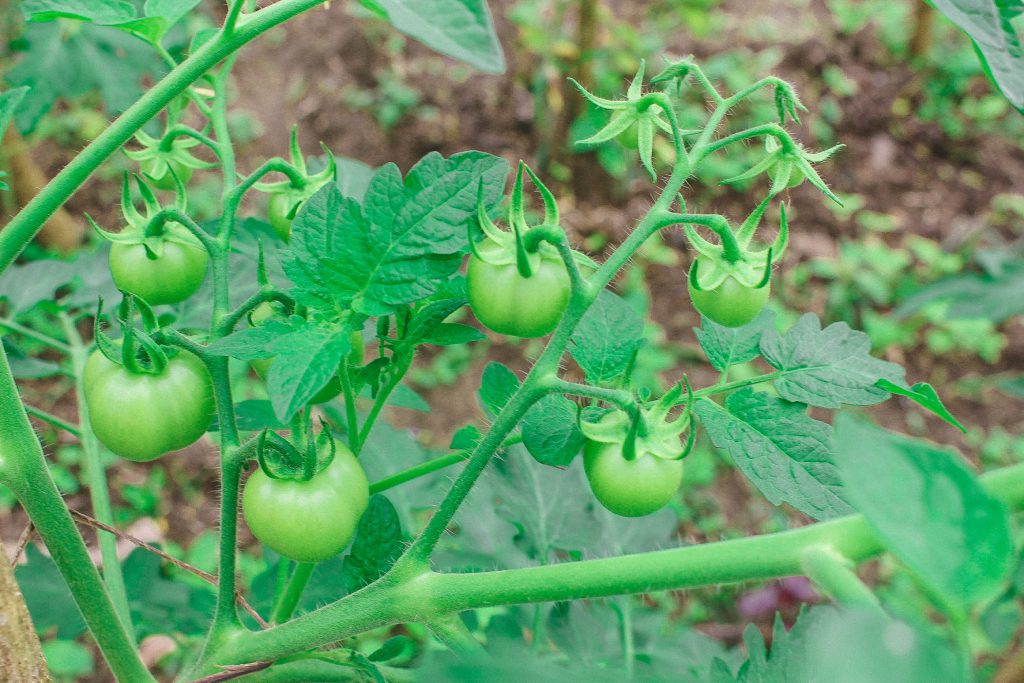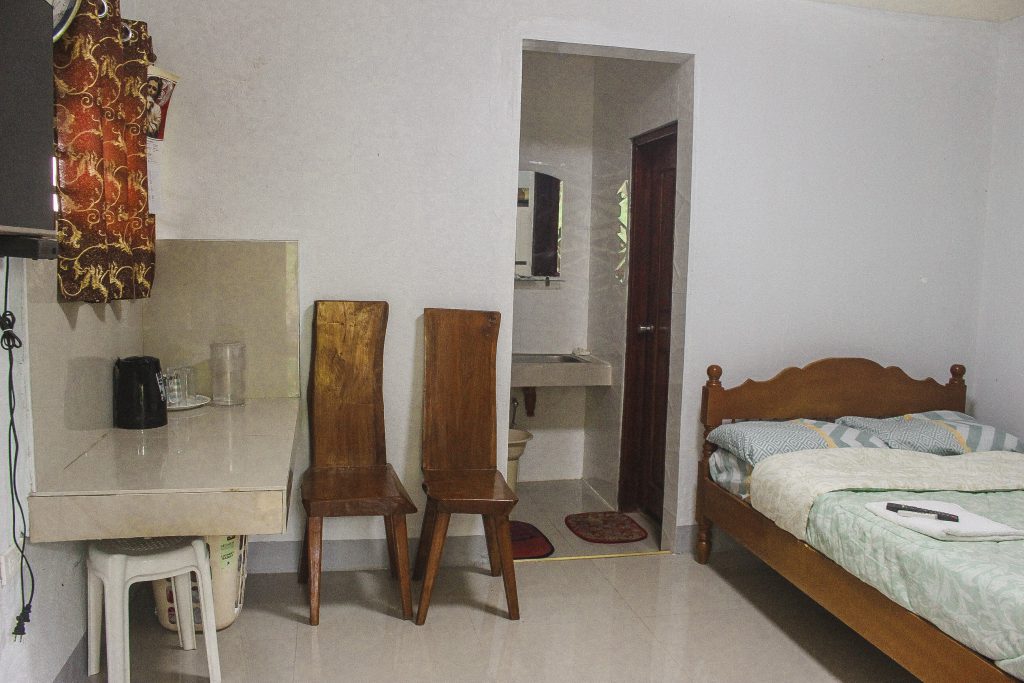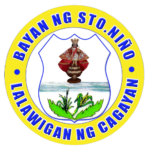Tourism of Santo Niño Cagayan
Santo Niño is within four (4) watersheds and many areas have the potential to become recreational and eco-tourism destination. The area is identified at about 13.5 hectares covering the Caddud Falls in Calassitan, Kulipapan Falls in Tamucco, Peccan Falls in Niug Norte, Tacuelan Spring in Abariongan Uneg and unnamed spring and lake in Nag-Uma and Niug Norte, respectively. The major bodies of water – Chico River, Calapangan Creek, Zinundungan River and Cagayan River could also be developed as eco-tourism sites.
Historical and cultural sites will be developed and improved for tourism with an allocation of 4.0 hectares. The Tabang’s Santa Ines de Montepulciano Church Ruins is now open for visitation as a historical and cultural site of the municipality. As an agriculture-based municipality, high-value crop, organic and man-made forest farms like the Ka’Milo Farm in Barangay Sidiran are also potential tourism destination sites.
Poso Steam
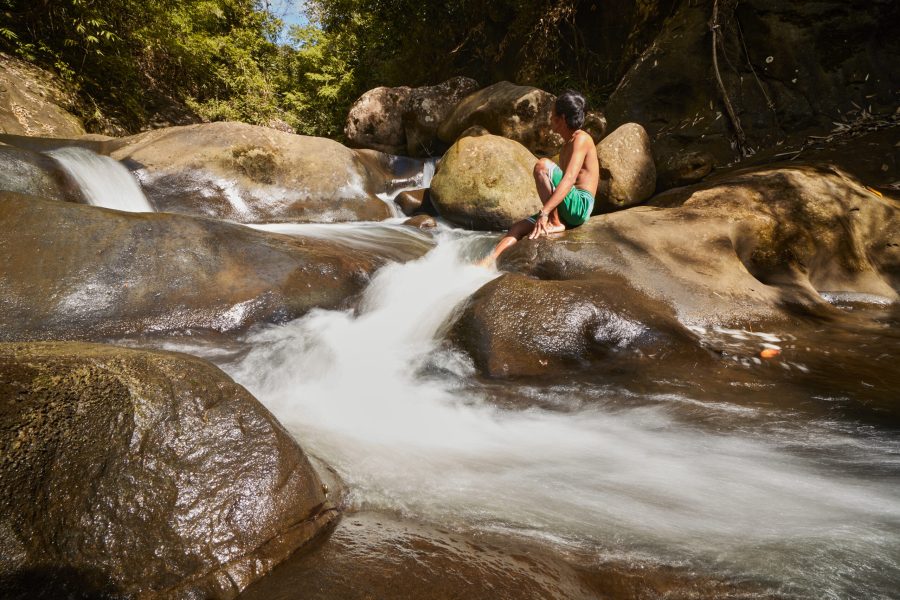
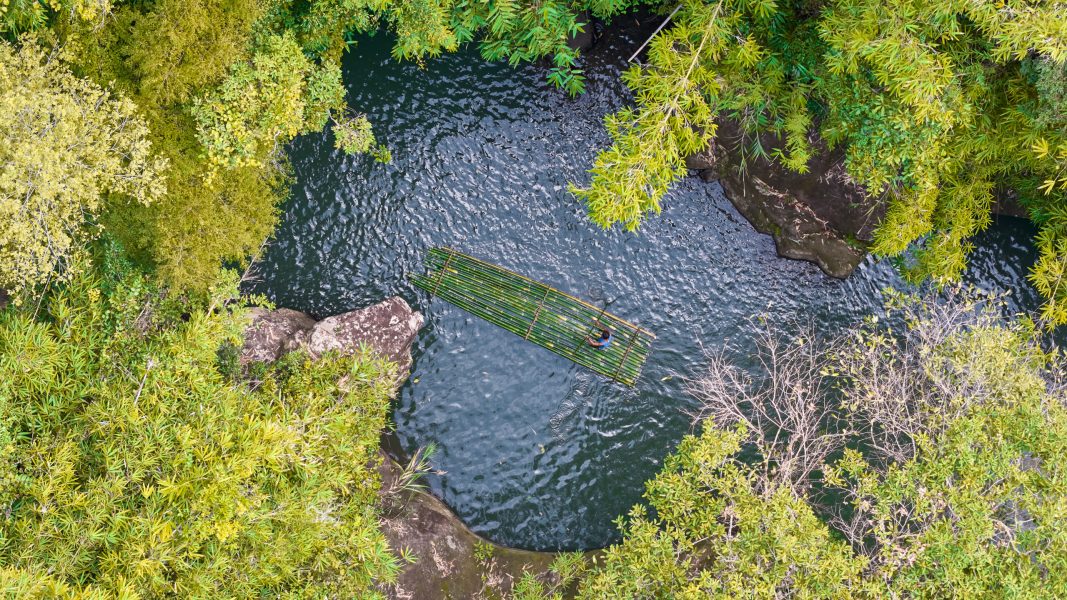
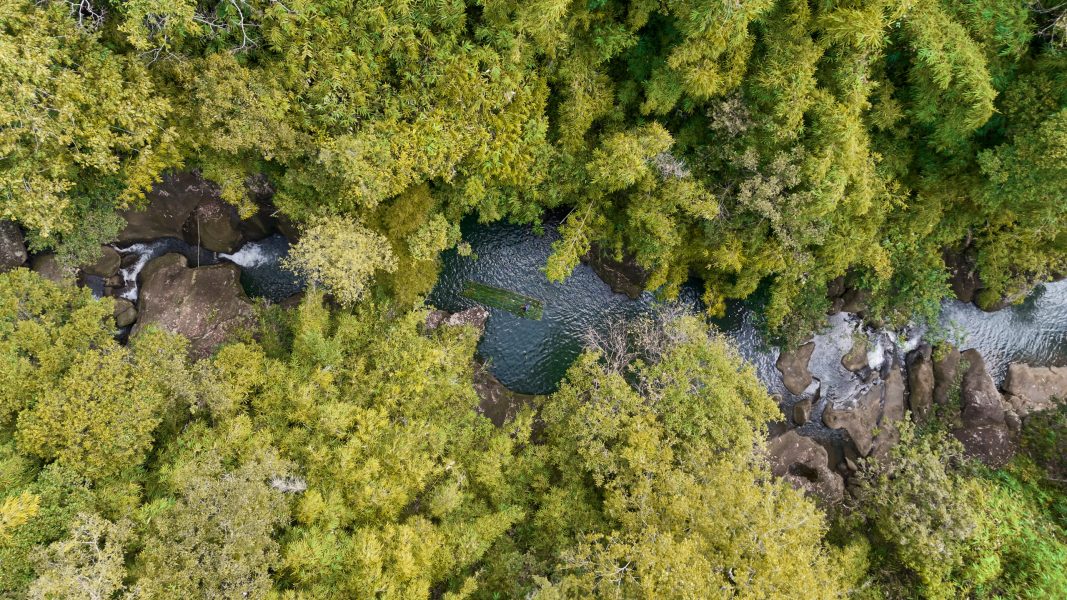
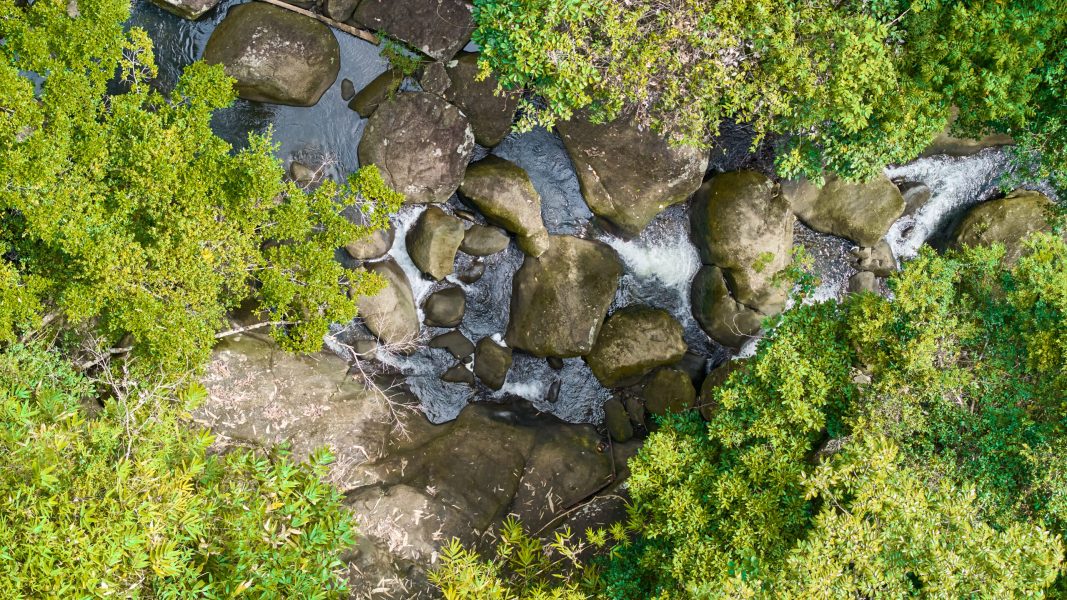
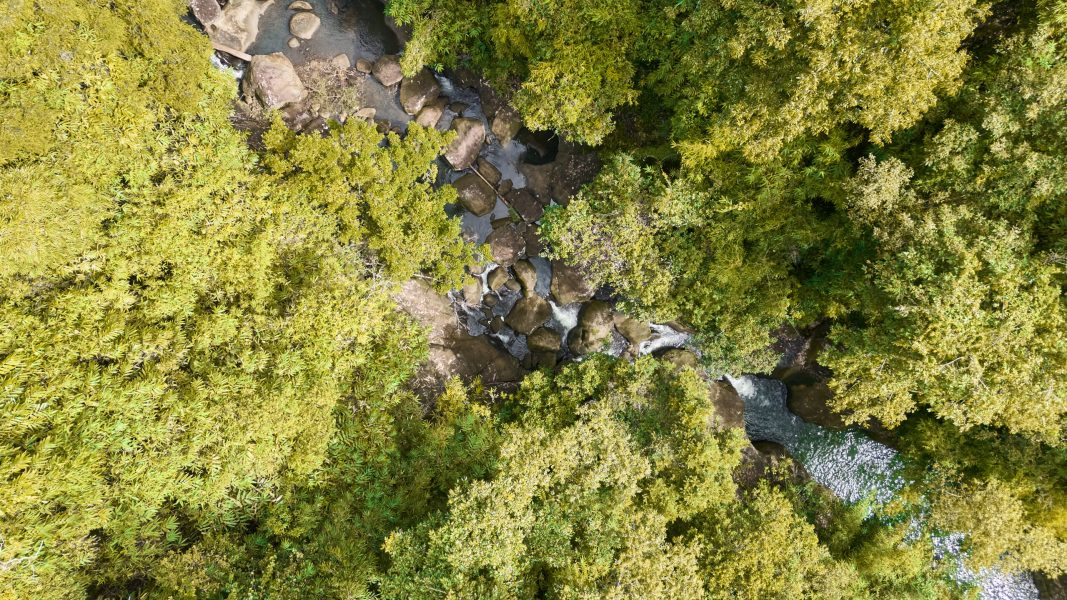
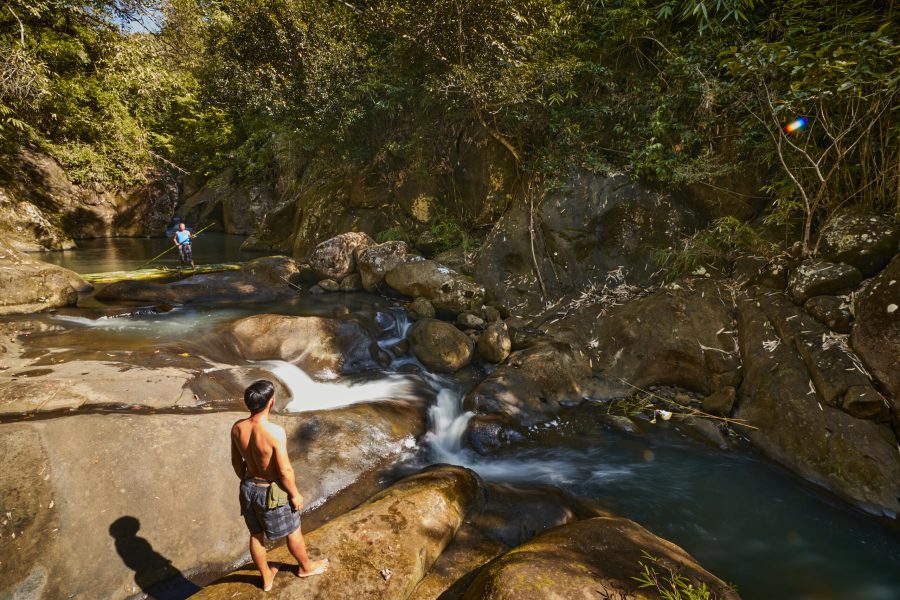
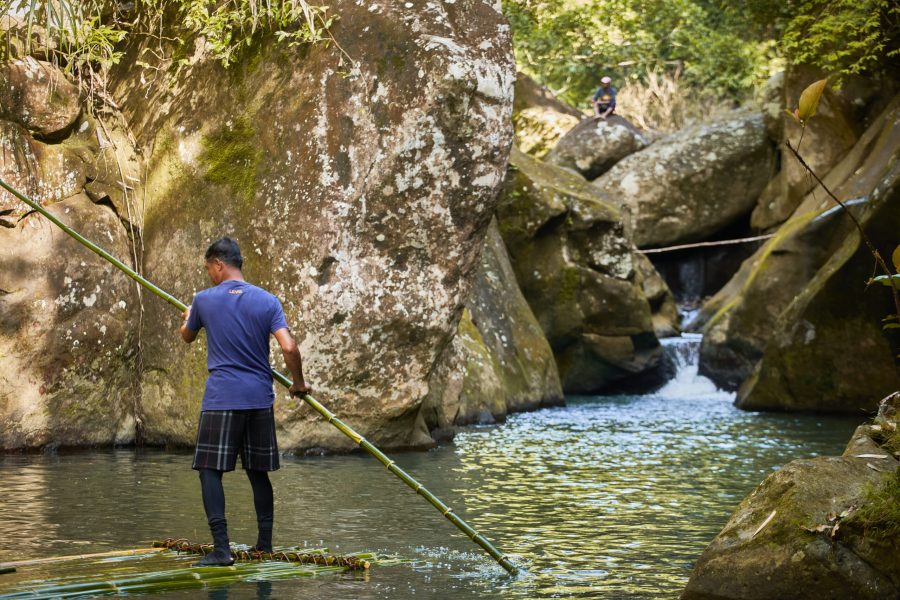
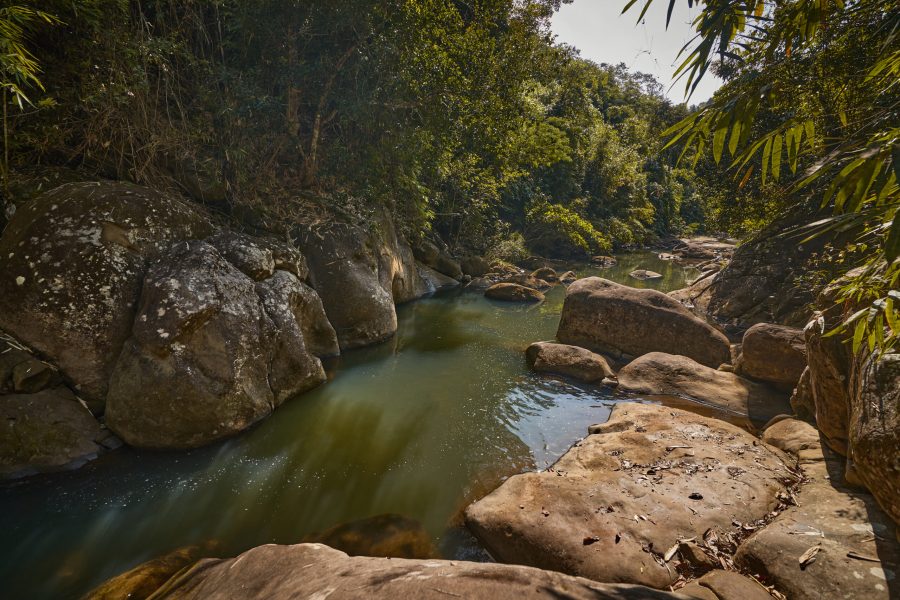
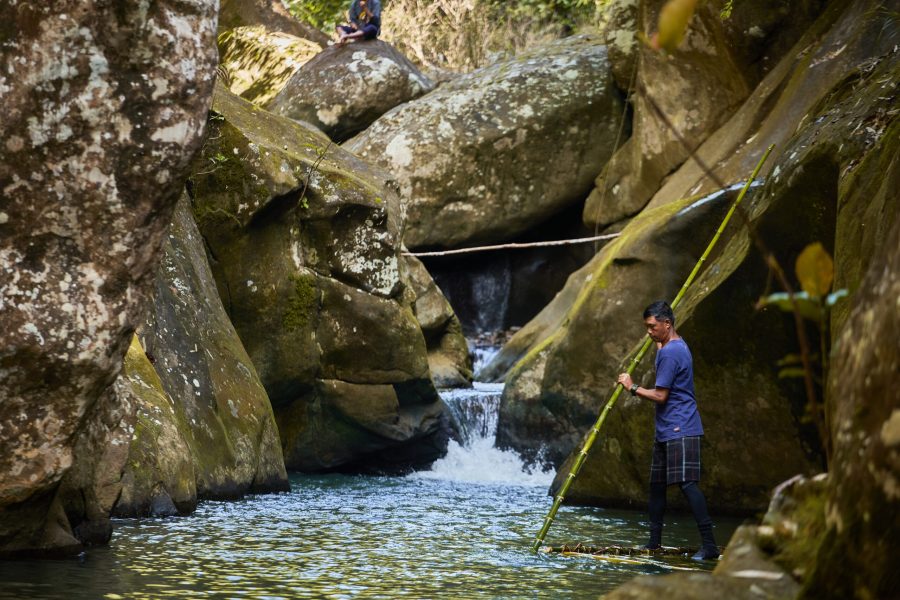
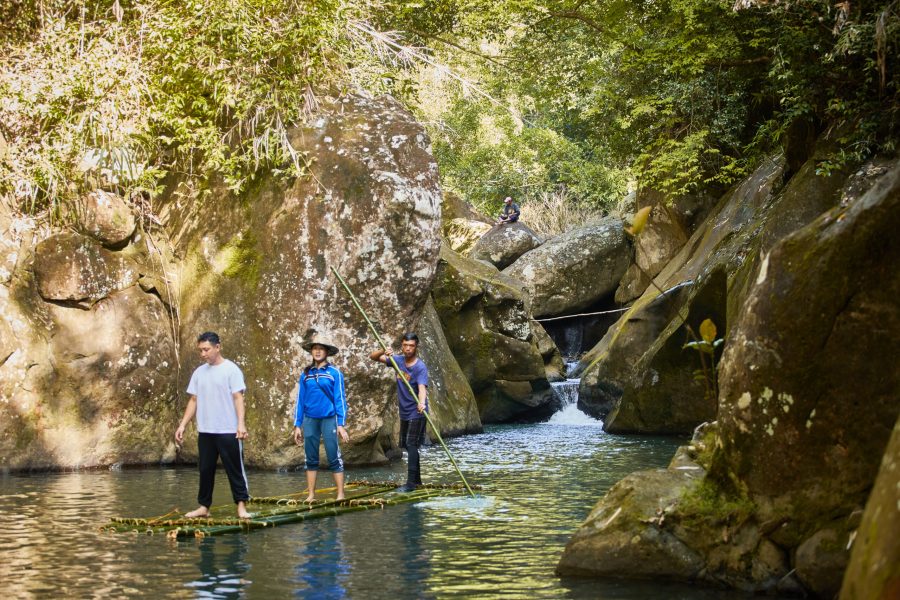
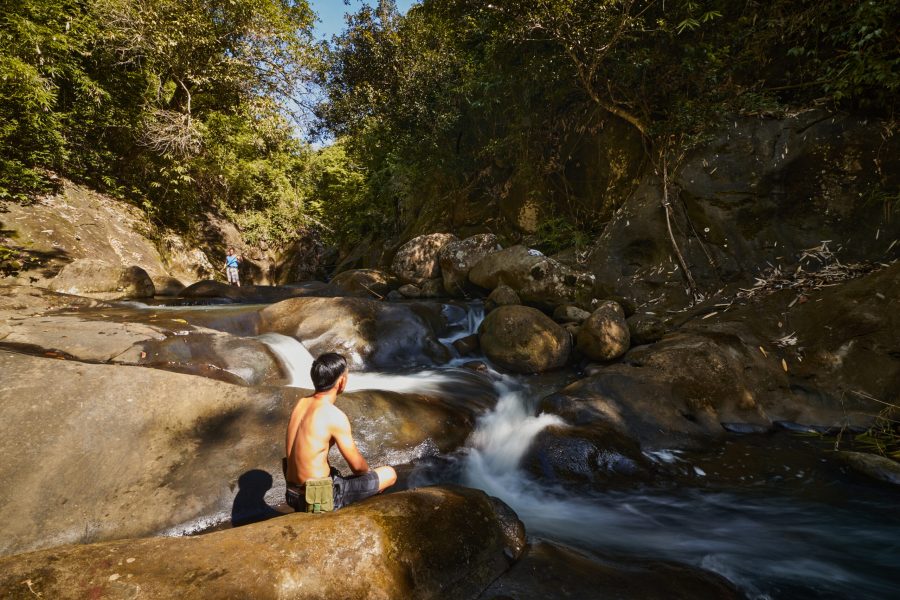
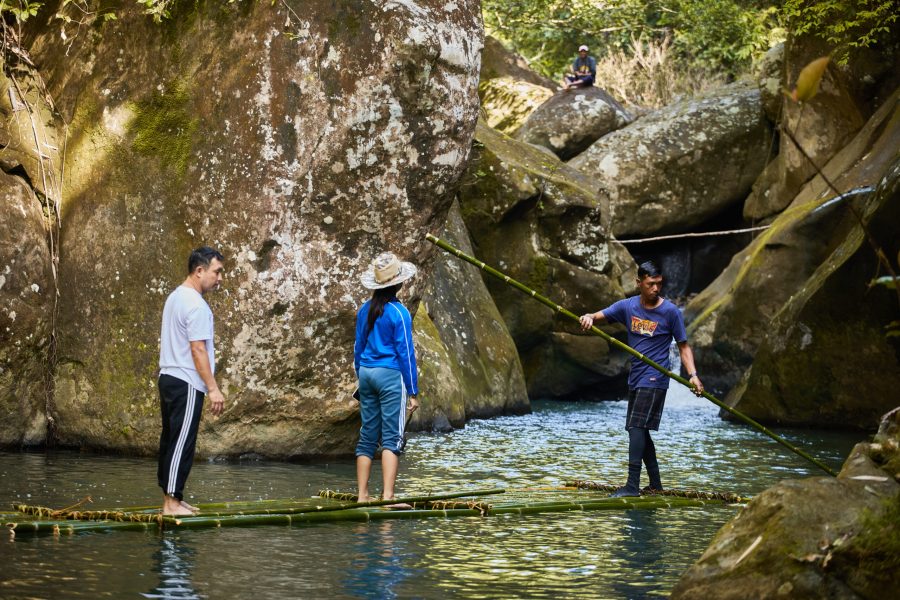
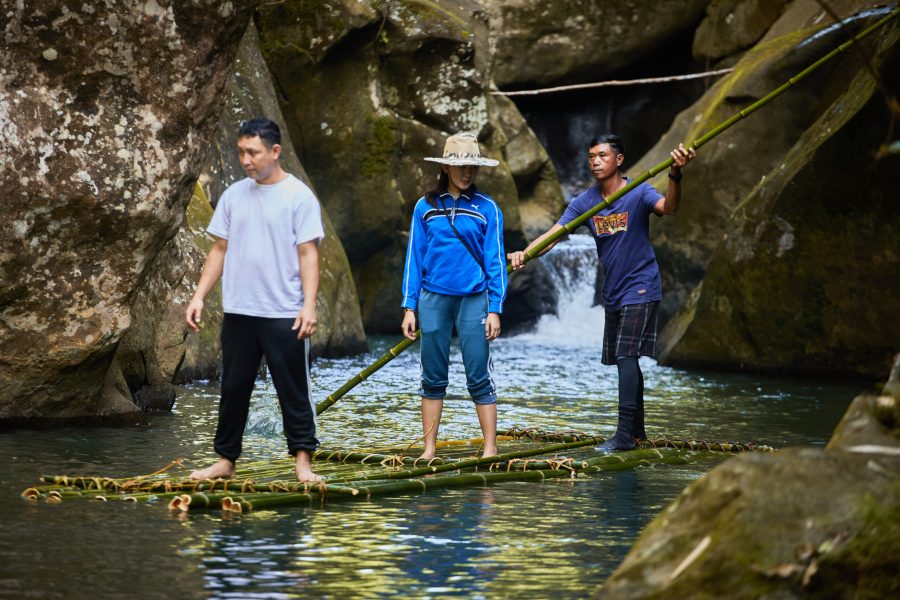
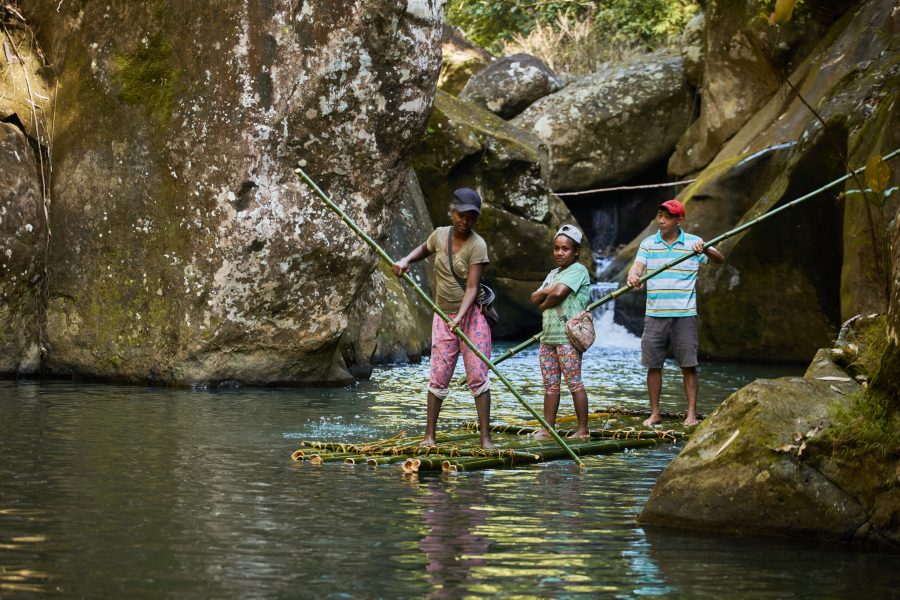
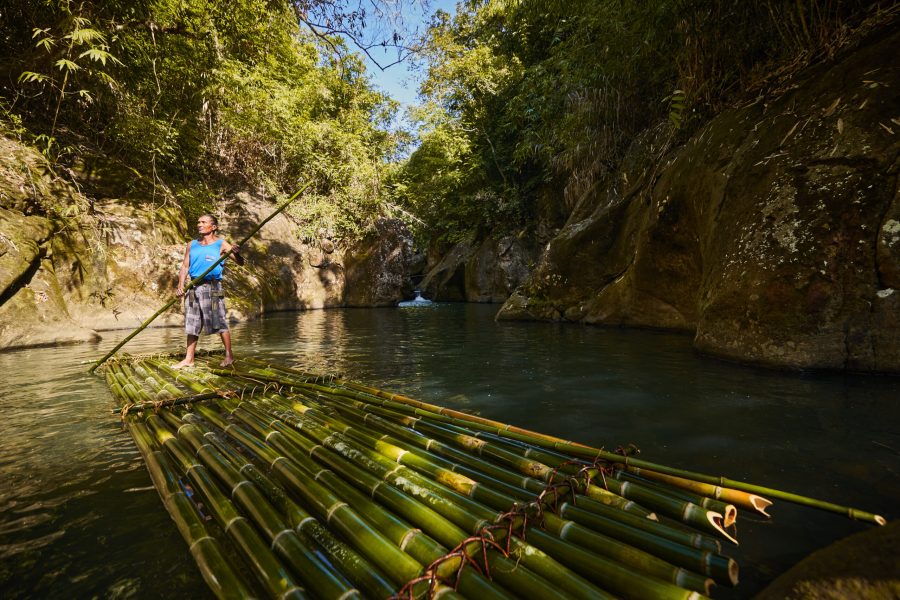
Poso Steam
The Poso Steam in barangay Balanni, Sto. Niño, Cagayan stands as a testament to the timeless beauty and tranquillity of nature. Its pristine waters, lush surroundings, and peaceful ambiance make it a must-visit destination for those seeking an escape from the chaos of modern life. The Poso Steam, offers a sanctuary where you may restore a connection with nature and nourish your mind, body, and soul-perfect for those seeking adventure or just a place to relax.
Caddud Falls
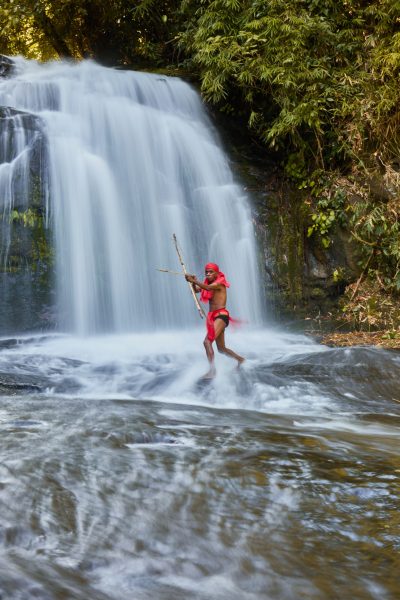
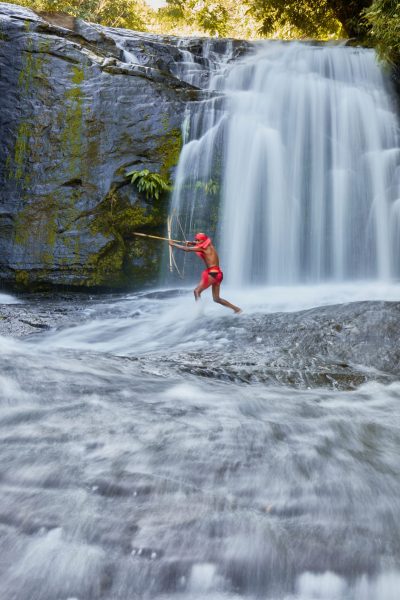
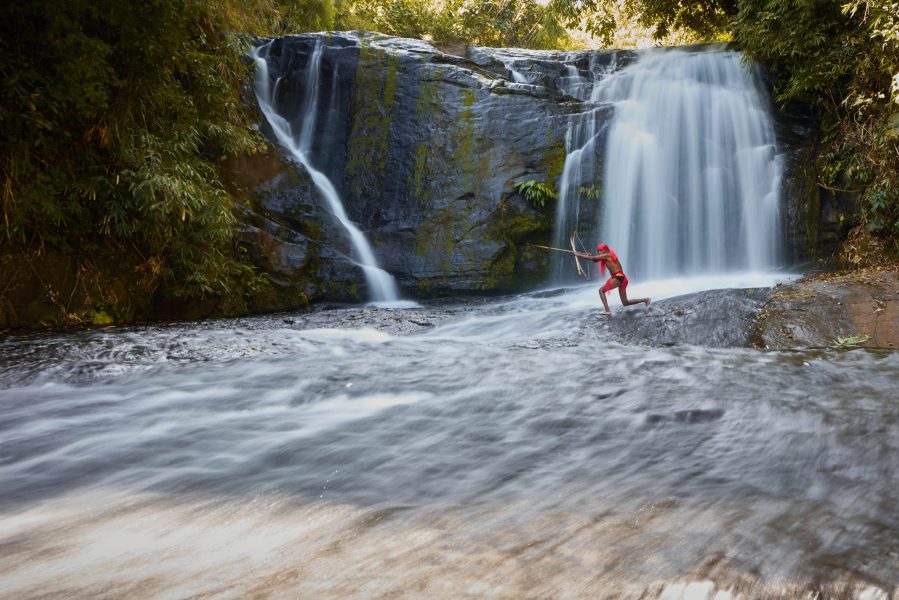
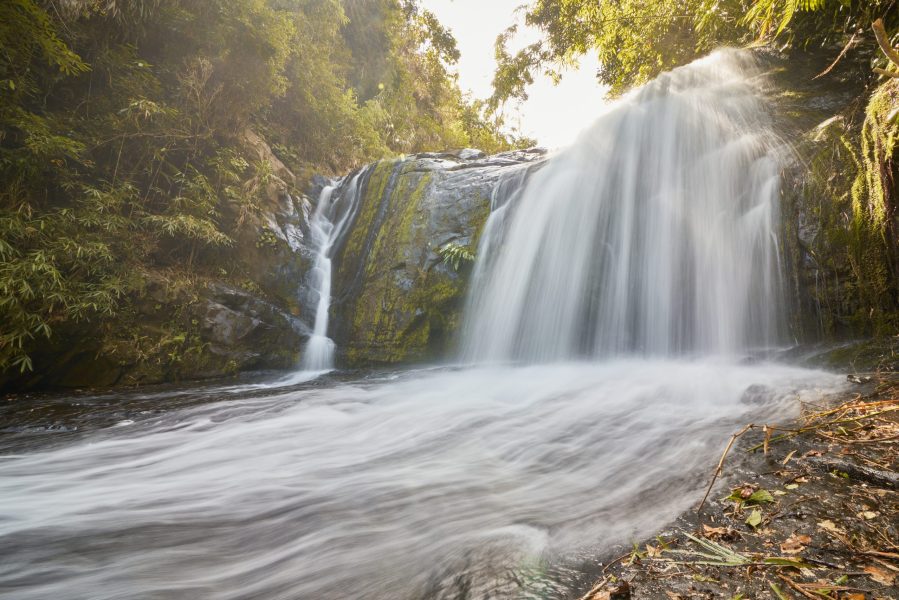
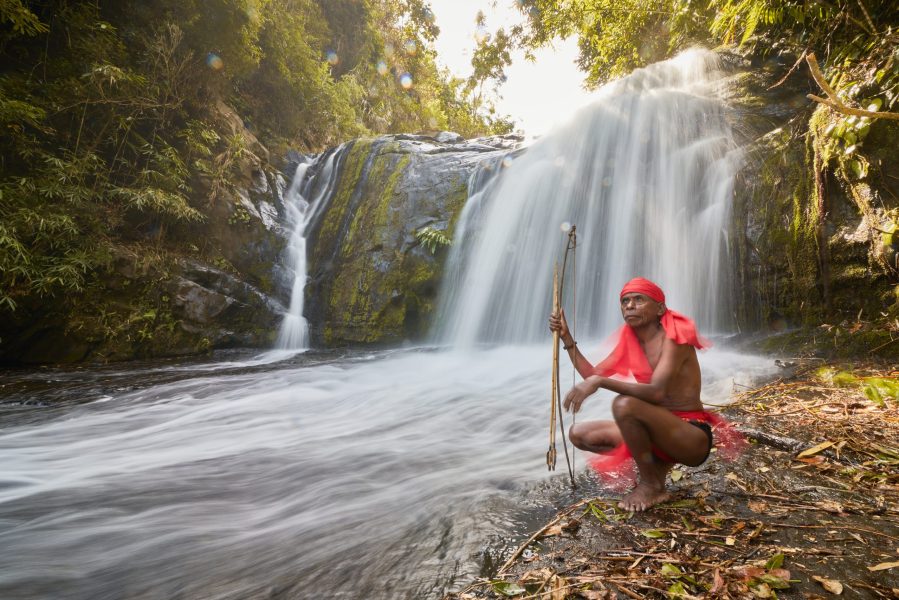
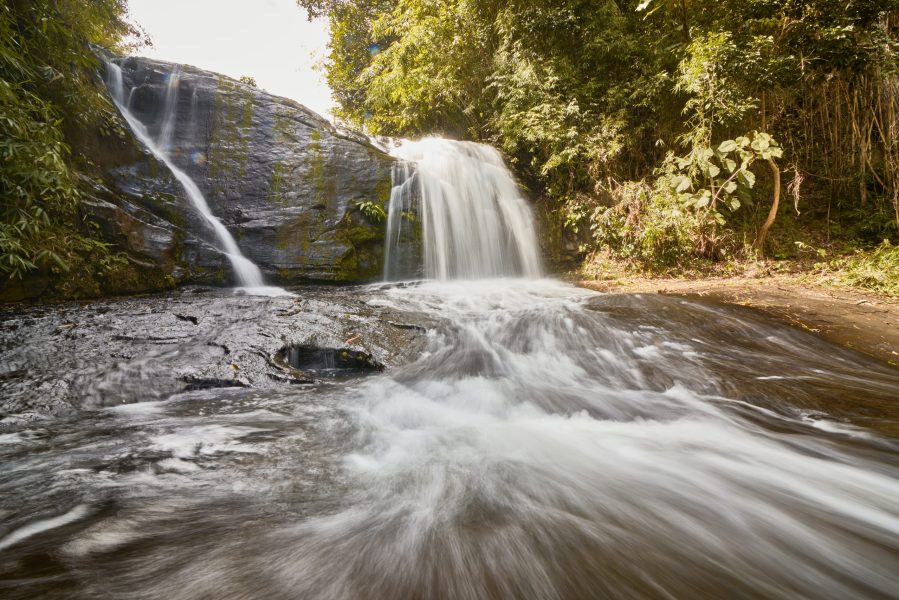

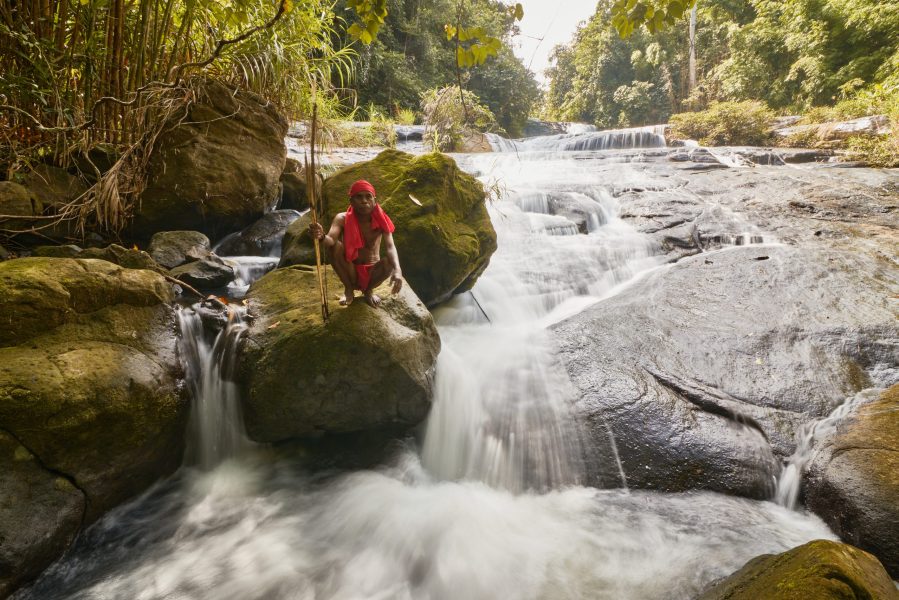
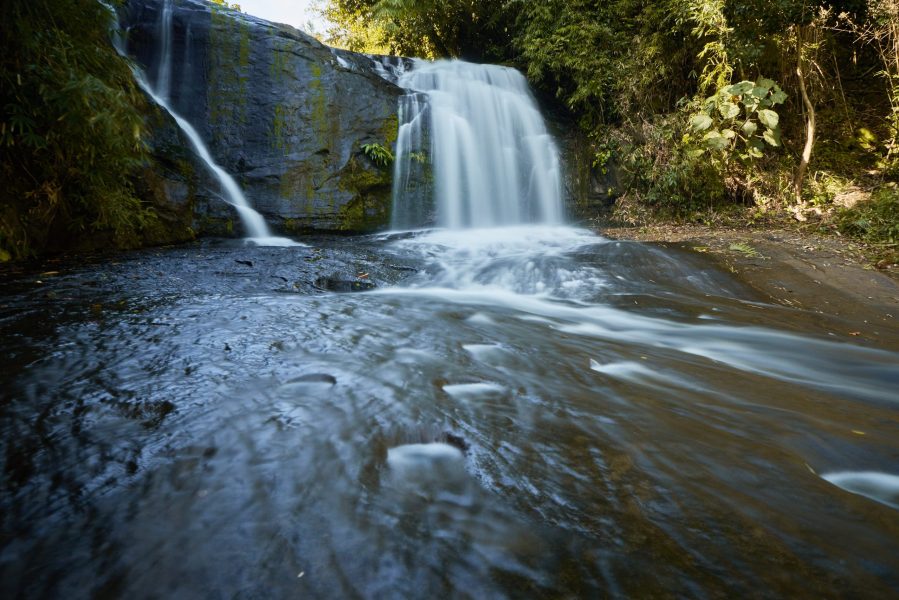
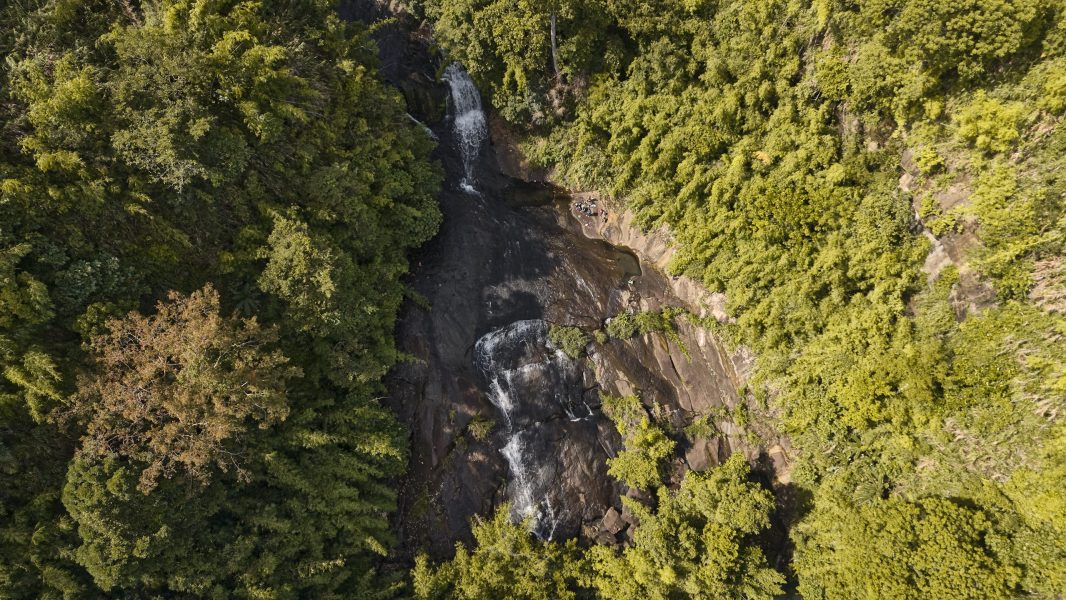
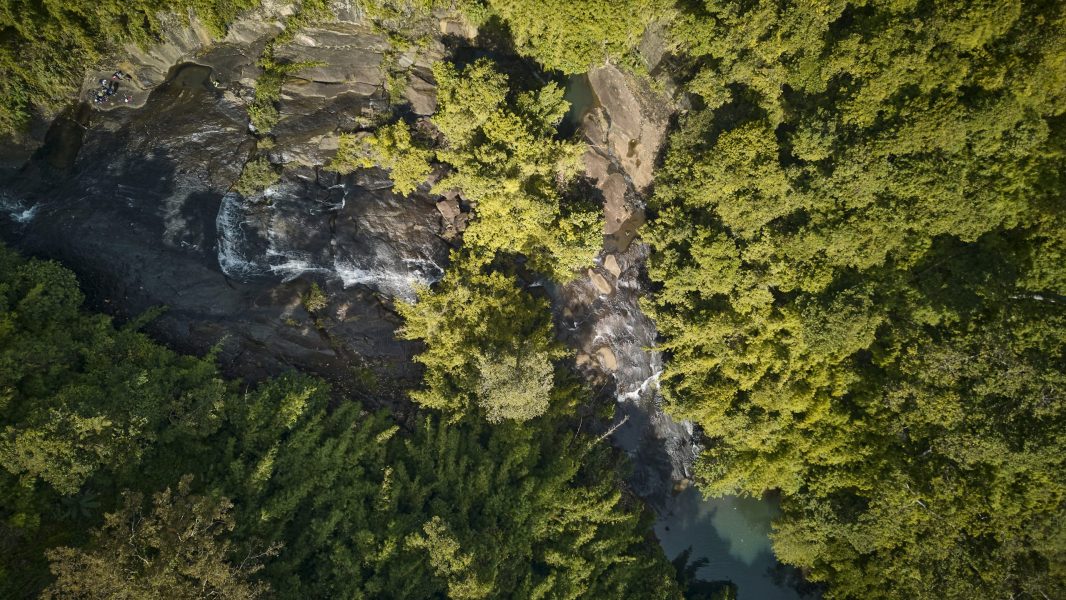
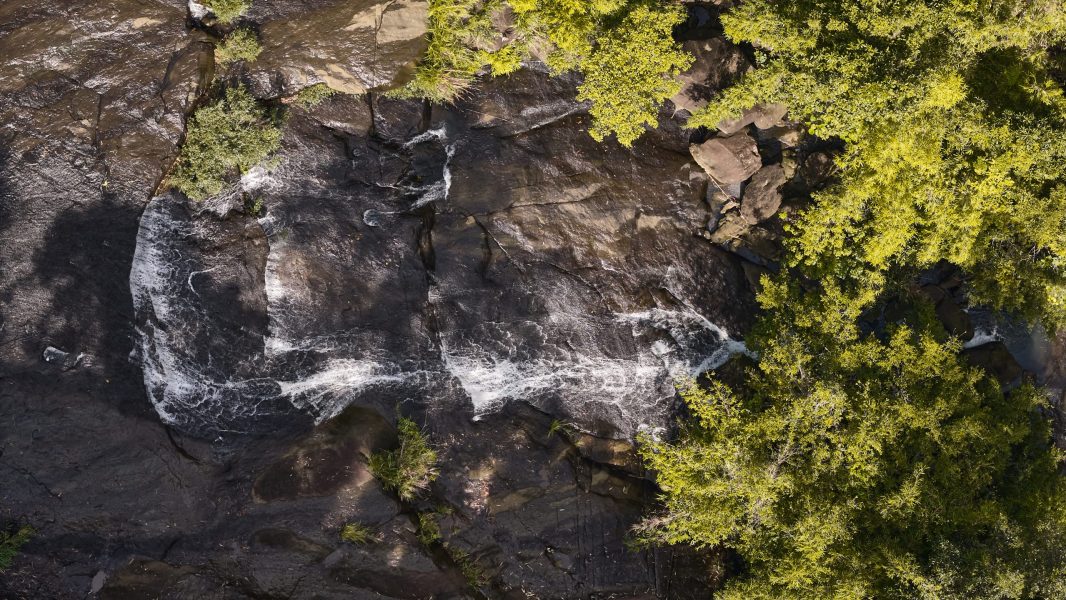

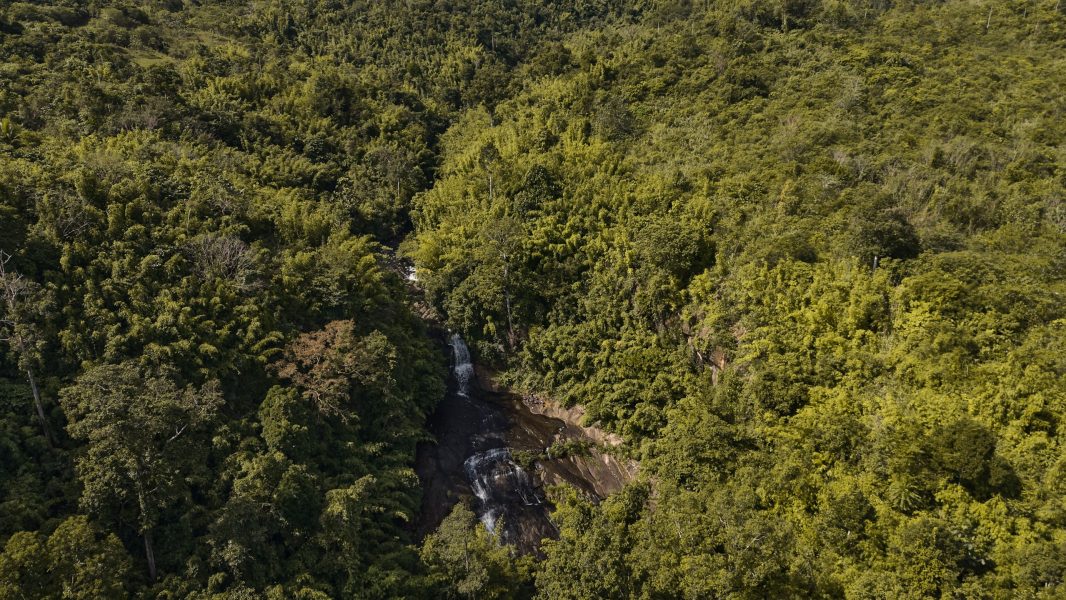
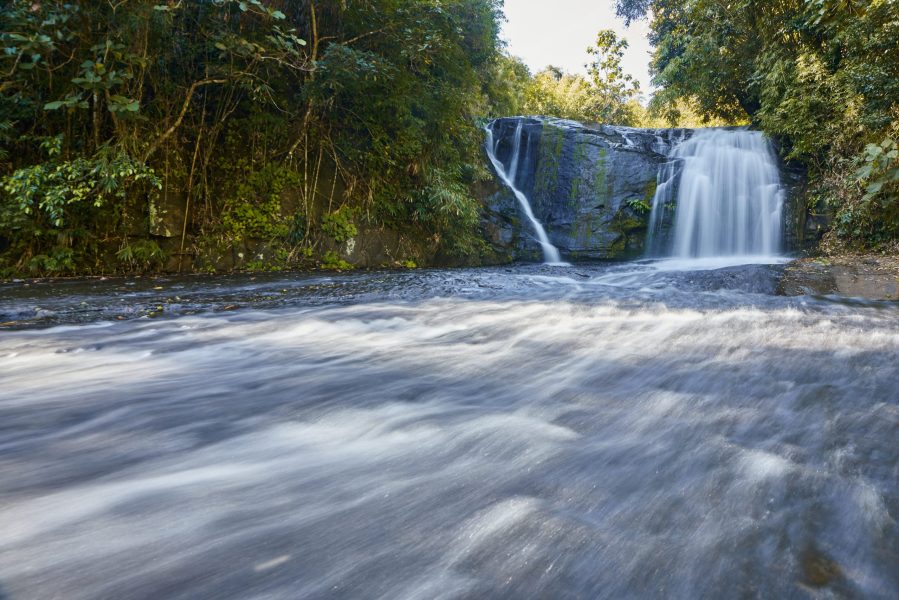
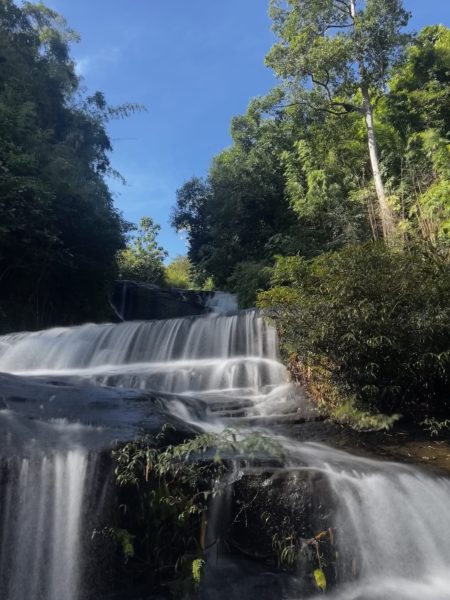
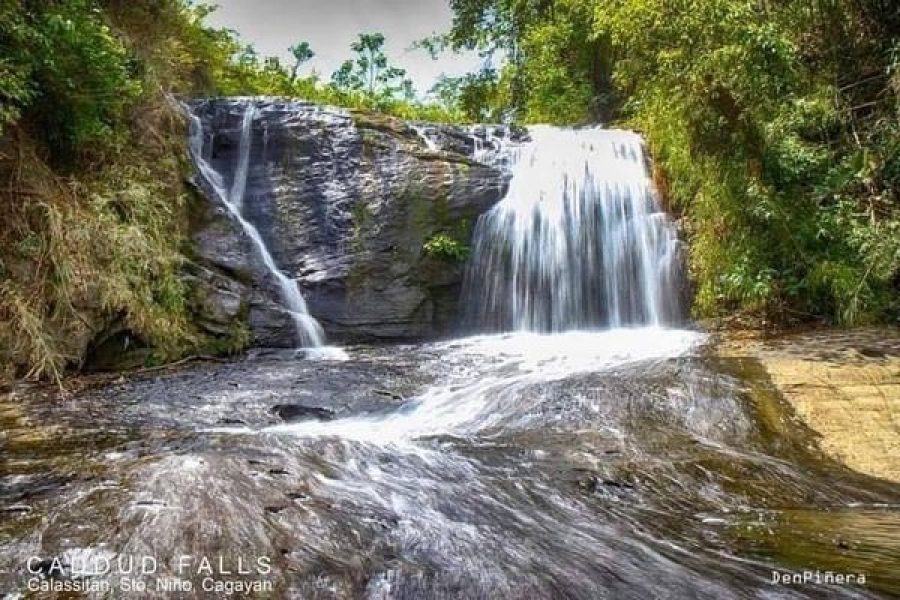
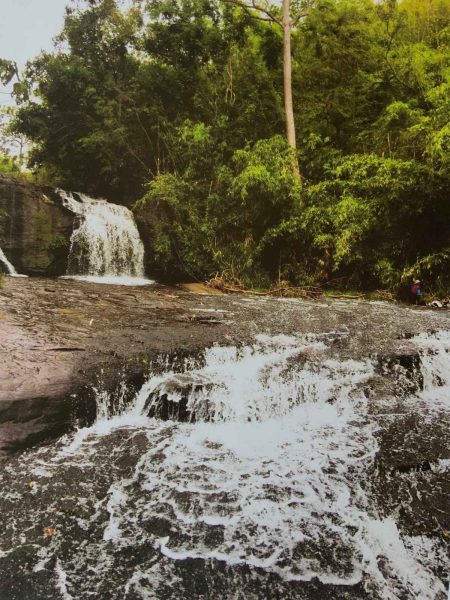
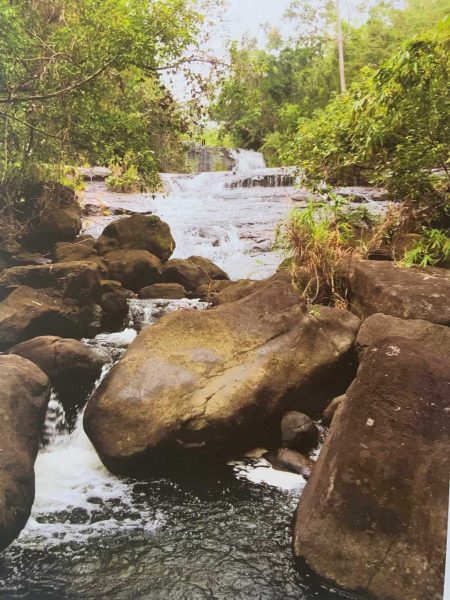
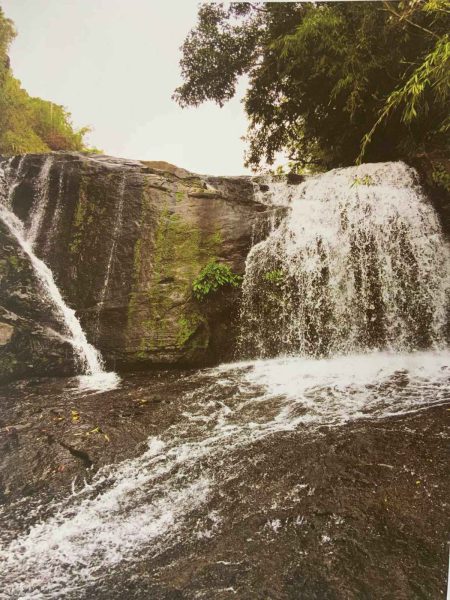
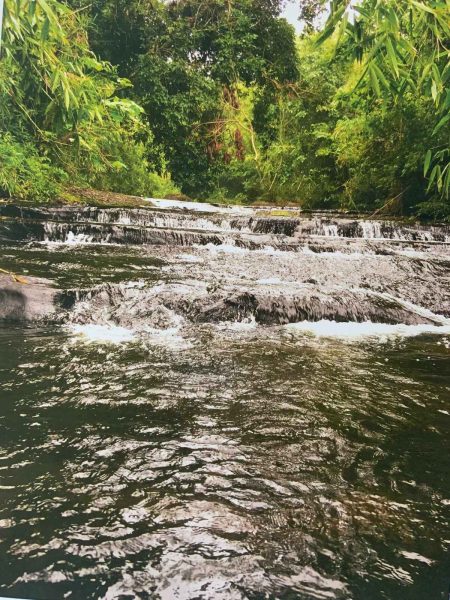
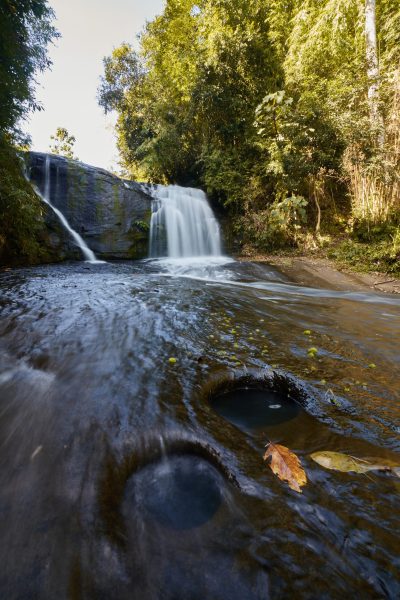
Caddud Falls
From Calassitan proper and passing through the Agay community (Aeta), you can marvel at the Caddud Falls. It will take two hours of trekking. This amazing falls is serene and has an unassuming beauty. It has small areas to lay mats for a short rest and for picnics. The quiet surroundings can ease all your stress and allows for a short escape of all your troubles.
Kulipapan Falls
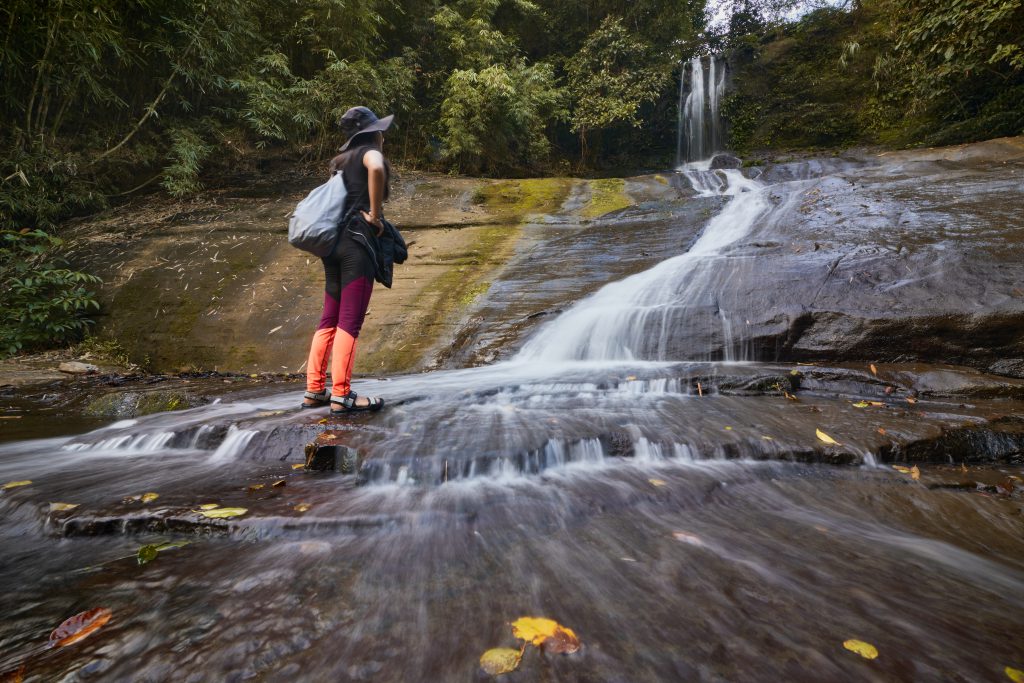
Kulipapan Falls
A hidden gem that was just recently discovered which is located in Sitio Kulipapan, Abariongan Uneg, Sto. Niño, Cagayan. The thrill to Kulipapan Falls will take a 2-hour trek and hike from Abariongan Uneg. The trails will be a challenge that you have to endure as you have to pass through steep mountains and streams to reach the destination. The falls consist of a 100 meters (30 ft.) high fan waterfall and a tiered falls.
A wide basin is also located at the top of the fan fall, where you can dip into its cold and refreshing water. The water isn’t as strong as other waterfalls, however, you’ll definitely love the view of the curtain waterfalls, the soothing effect as it flows down calmly and likewise, you possibly will enjoy a relaxing hydro massage. There are no cottages in the place but the plain rock formations are perfect for camping and picnics.
If you don’t plan to swim and splash in the water, you may just take some time to rest, chill and just appreciate the haven. Going and seeing the Kulipapan Falls is a complete adventure since the pathways are challenging and walking through them makes the journey strenuous. Nevertheless, the trip plus the view after a challenging walk is worthwhile. The place is surrounded by lush greenery with a very scenic nature view. Anyone who loves adventure and nature would absolutely enjoy the experience and the scenery in the wilderness.
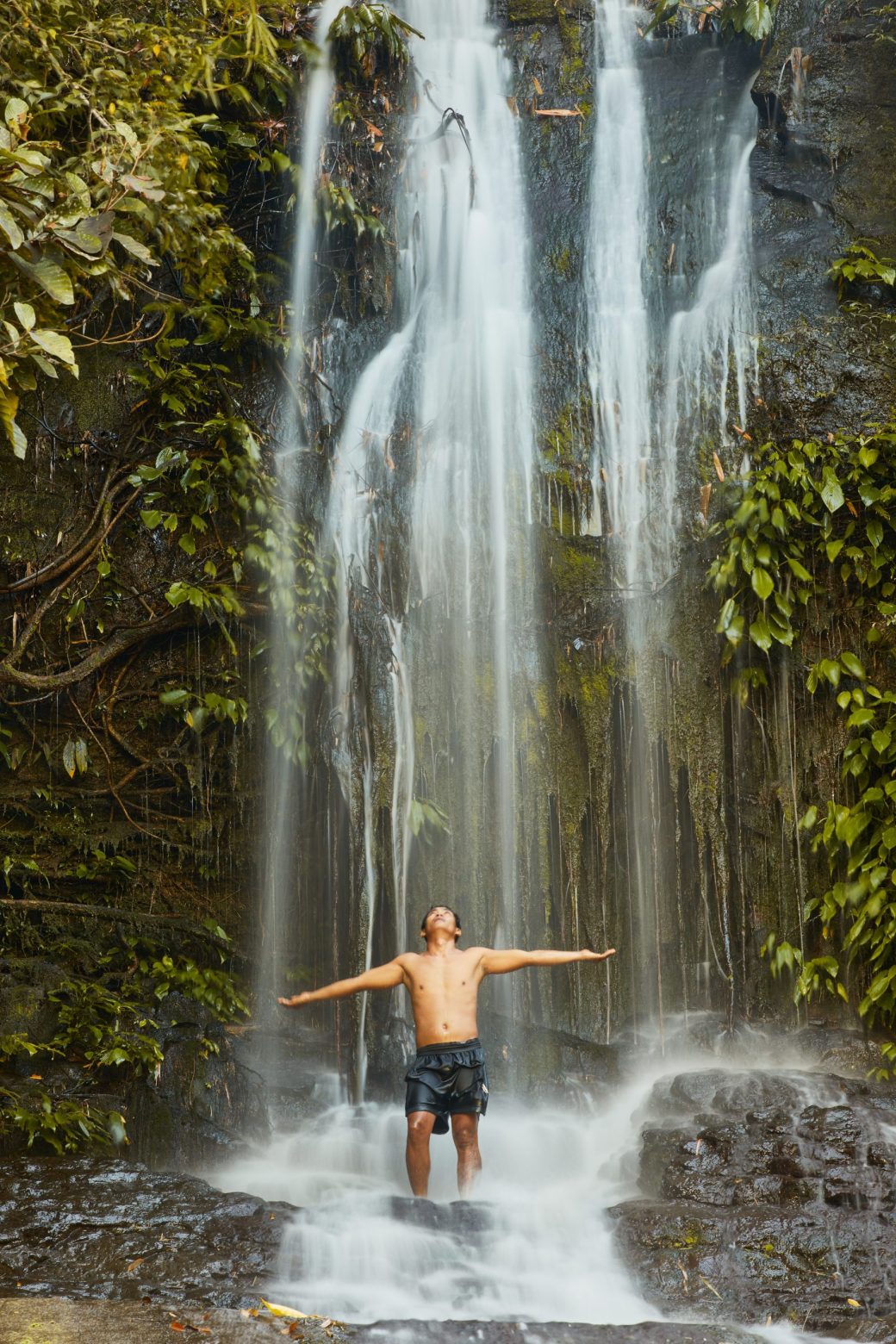
How to reach Barangay Abariongan Uneg?
From the town hall, take a trip to Barangay Dungao. Next, take a boat ride from Dungao to Nassiping, Gattaran. You have to take another trip by land to Lapogan- Charity Store, then, another boat ride to Abariongan Ruar which is alongside of Abariongan Uneg. The estimated time of travel is 45 minutes to 1 hour.
If you plan to visit Kulipapan Falls, we advise you to reach out to the Barangay Officials. And also, accommodation is available for night stays at their Barangay Hall for free.
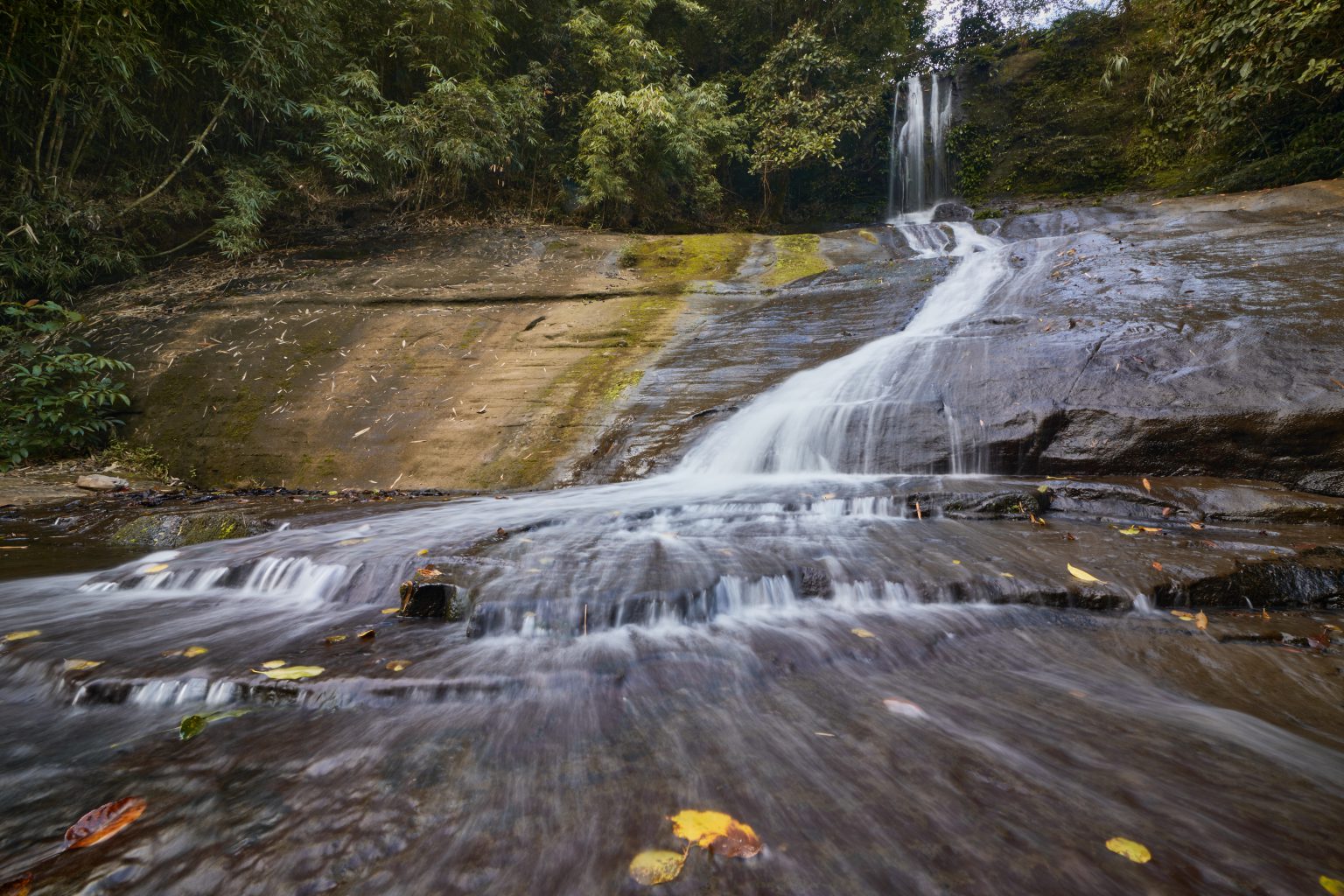
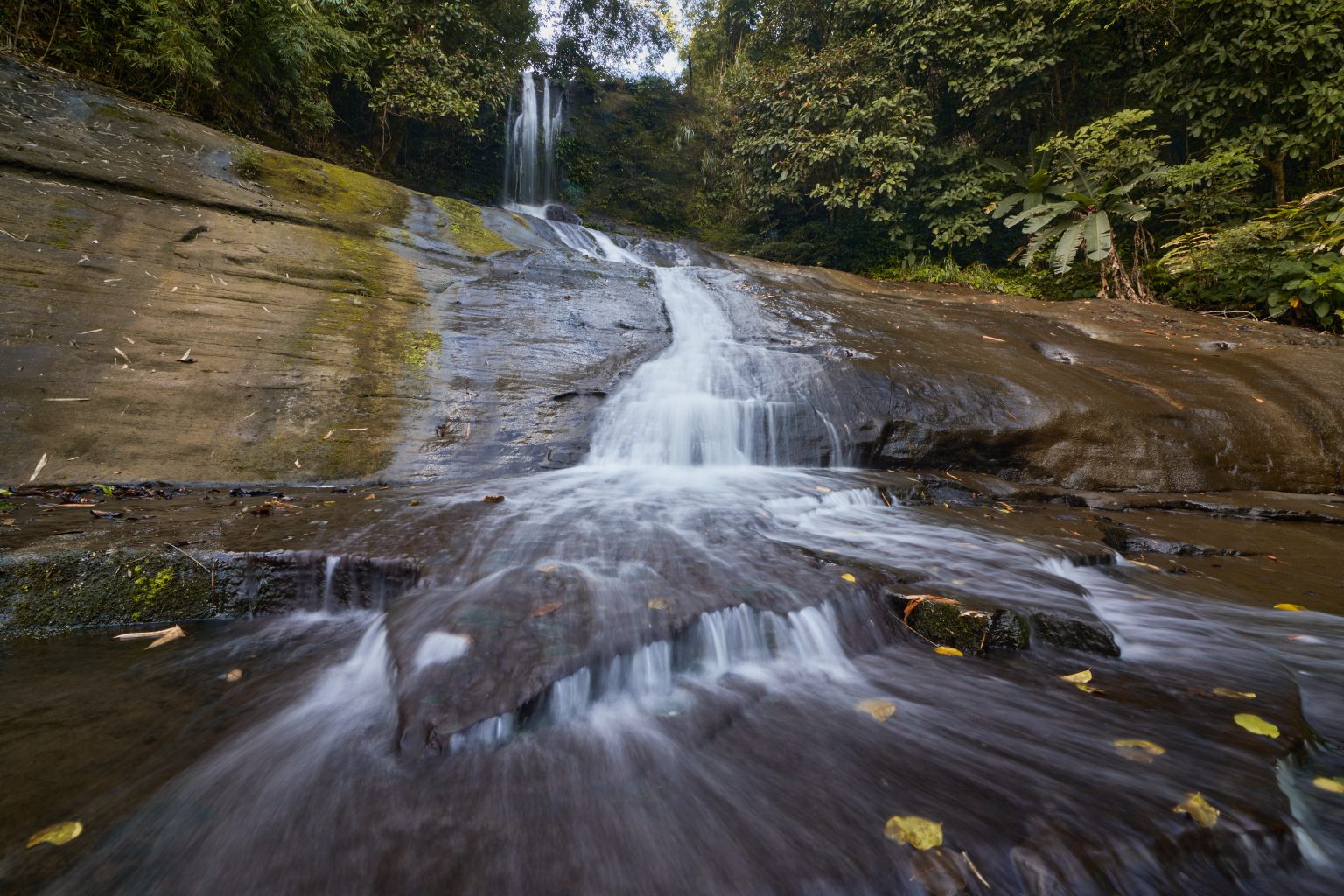
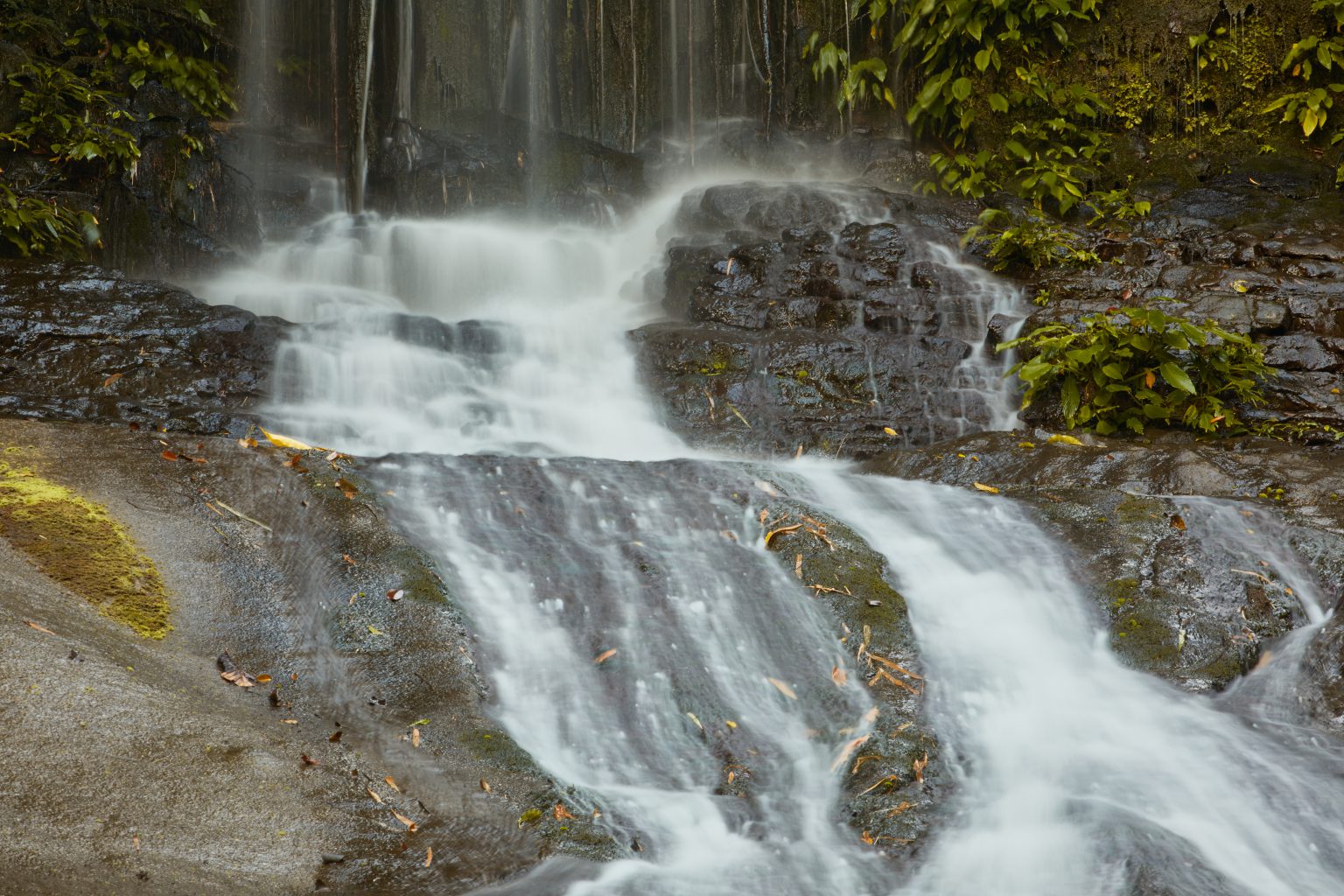
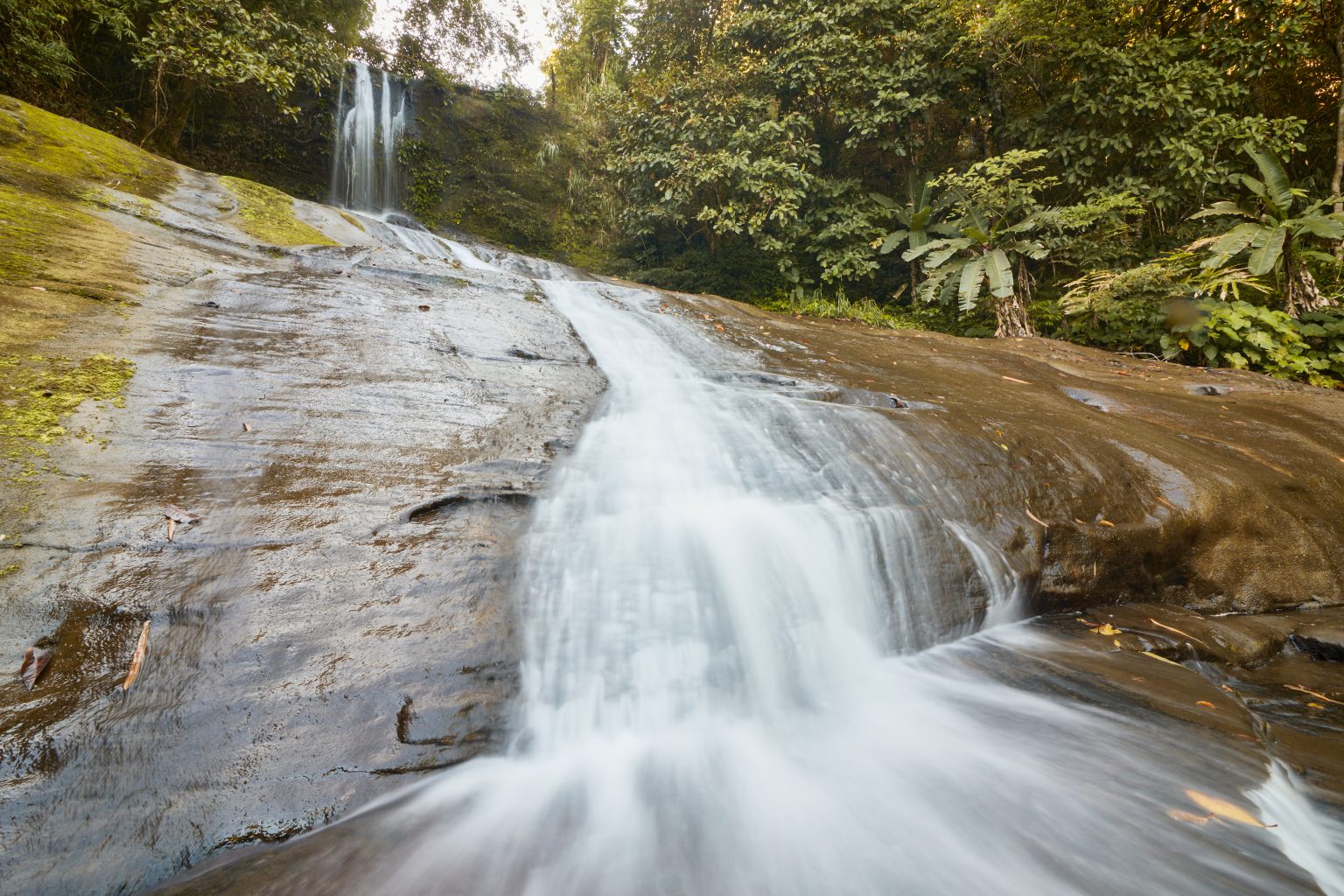
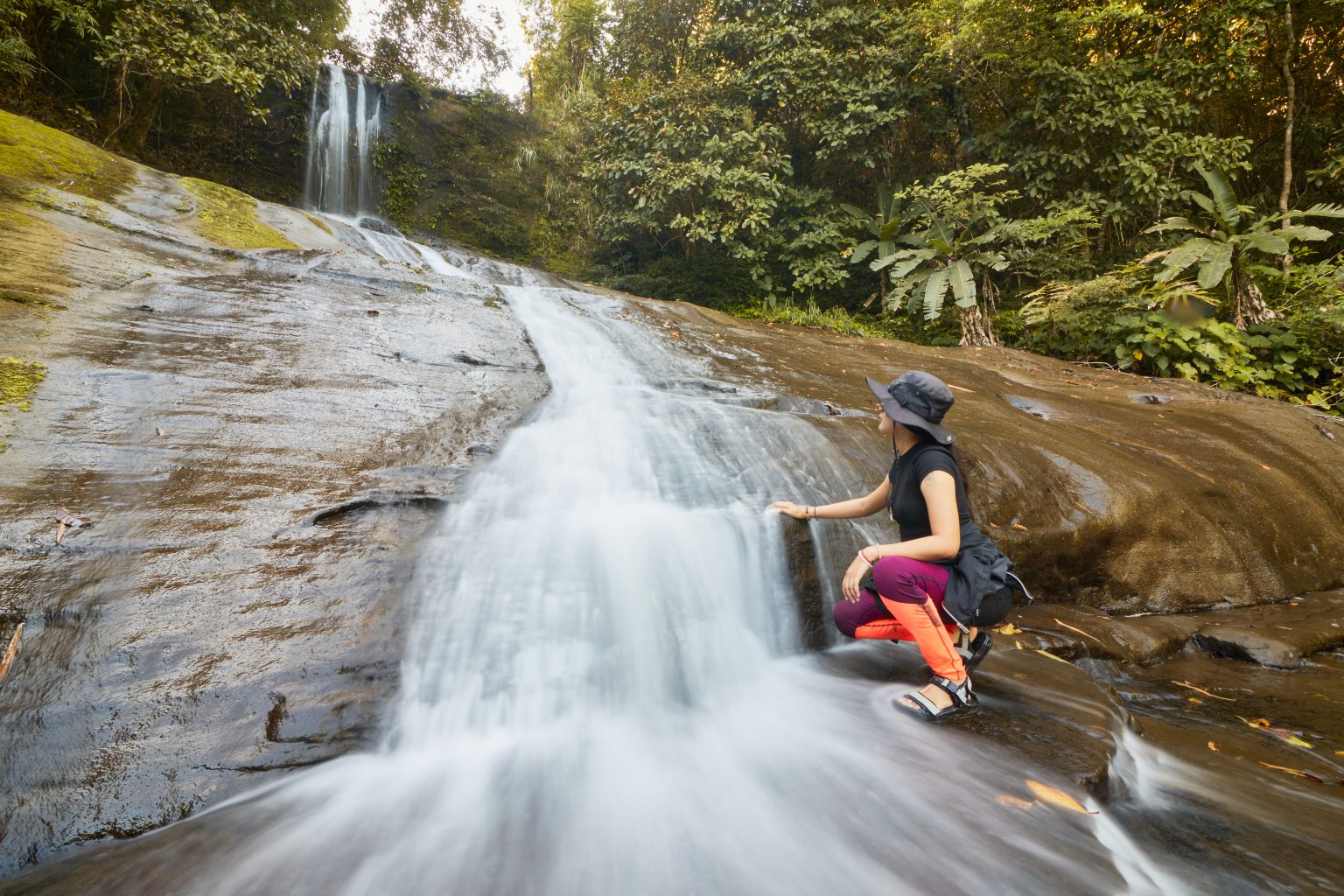
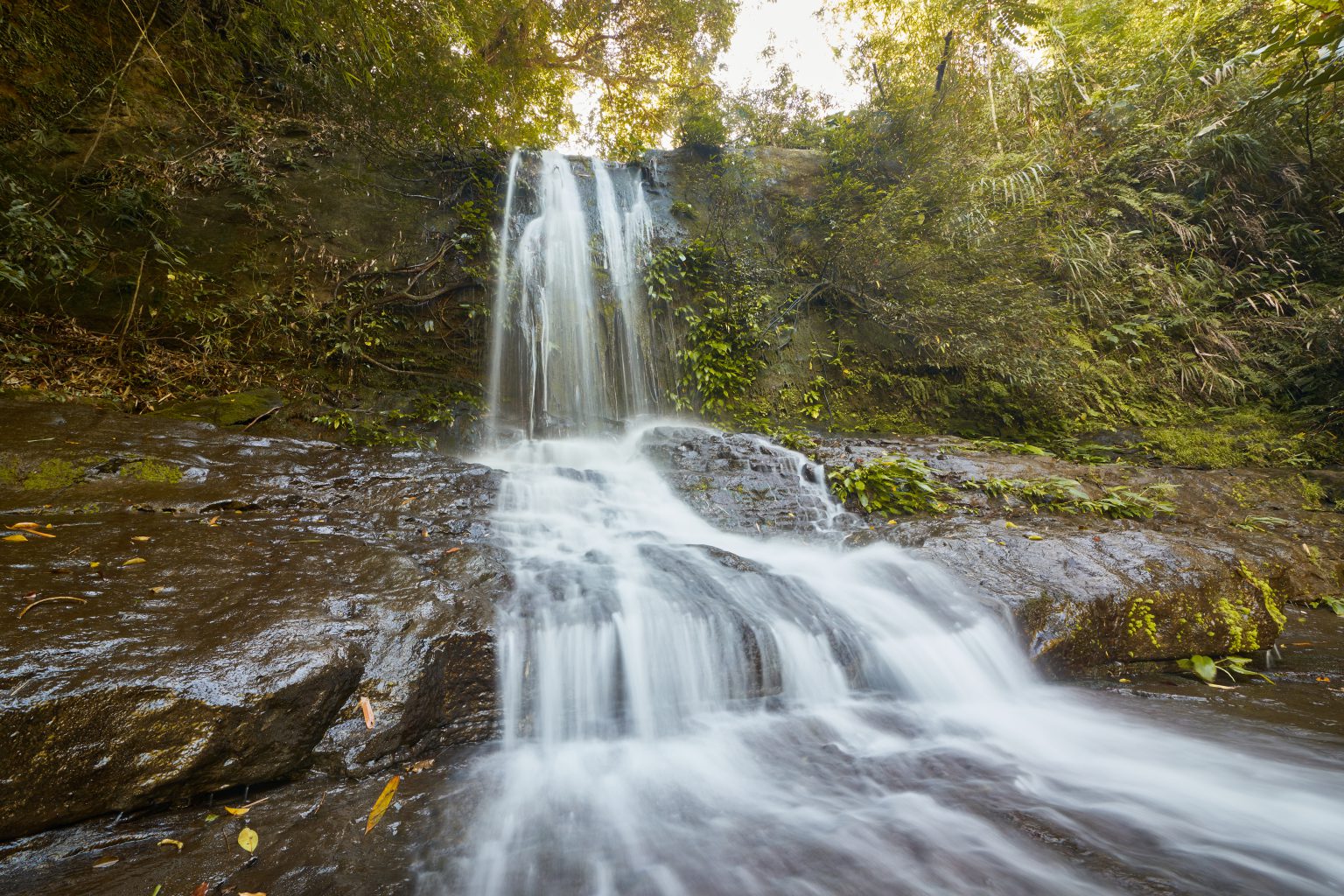
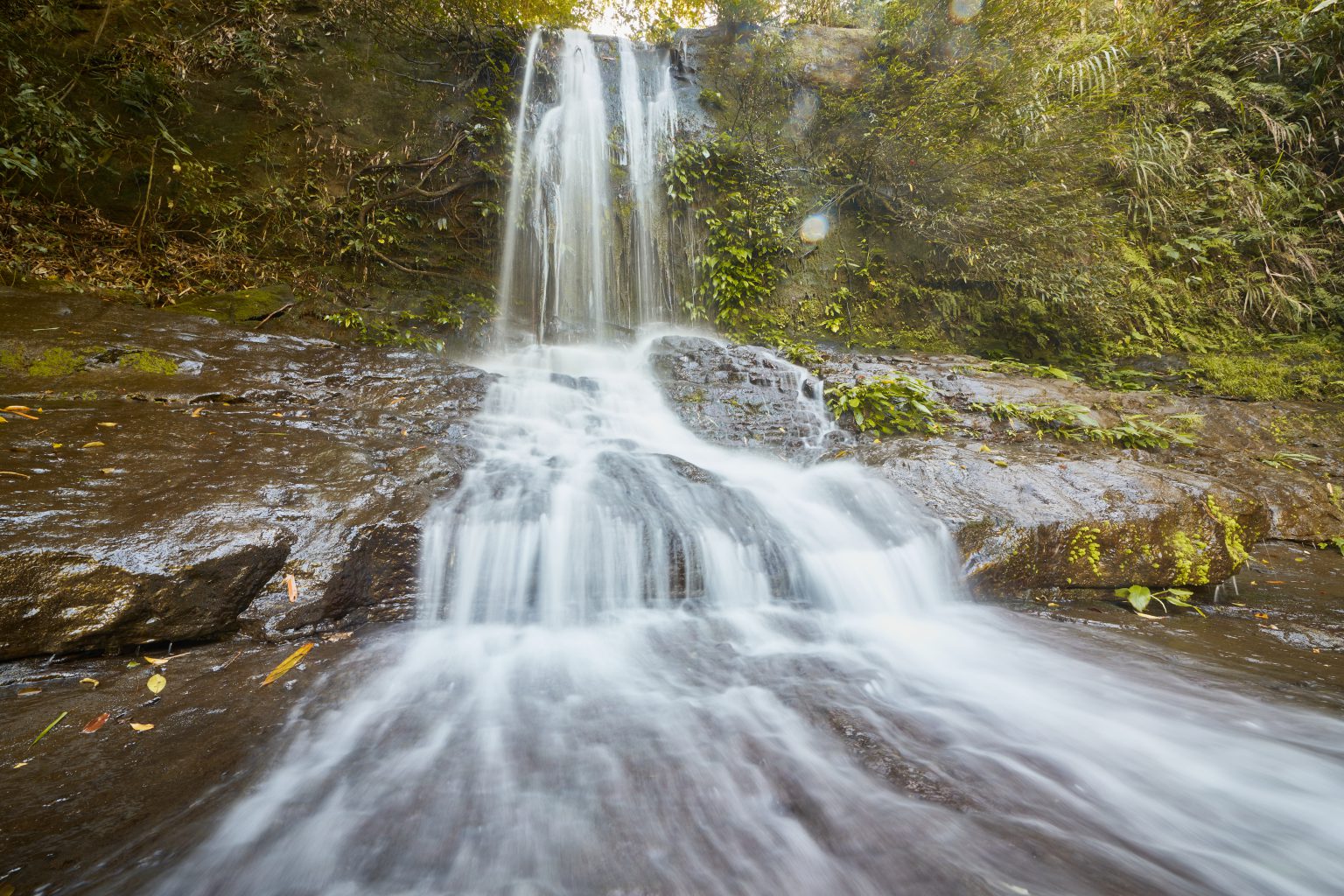
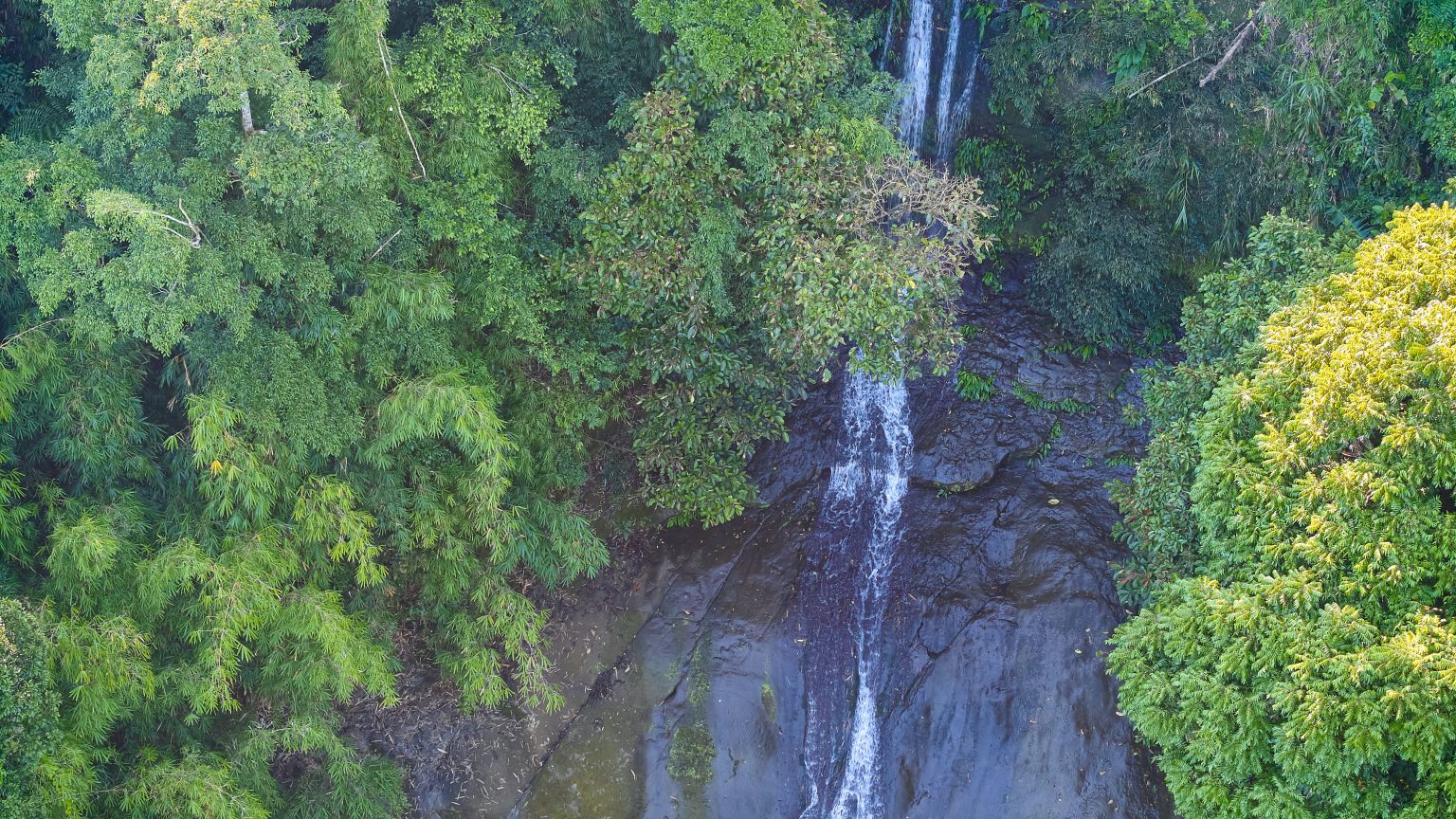
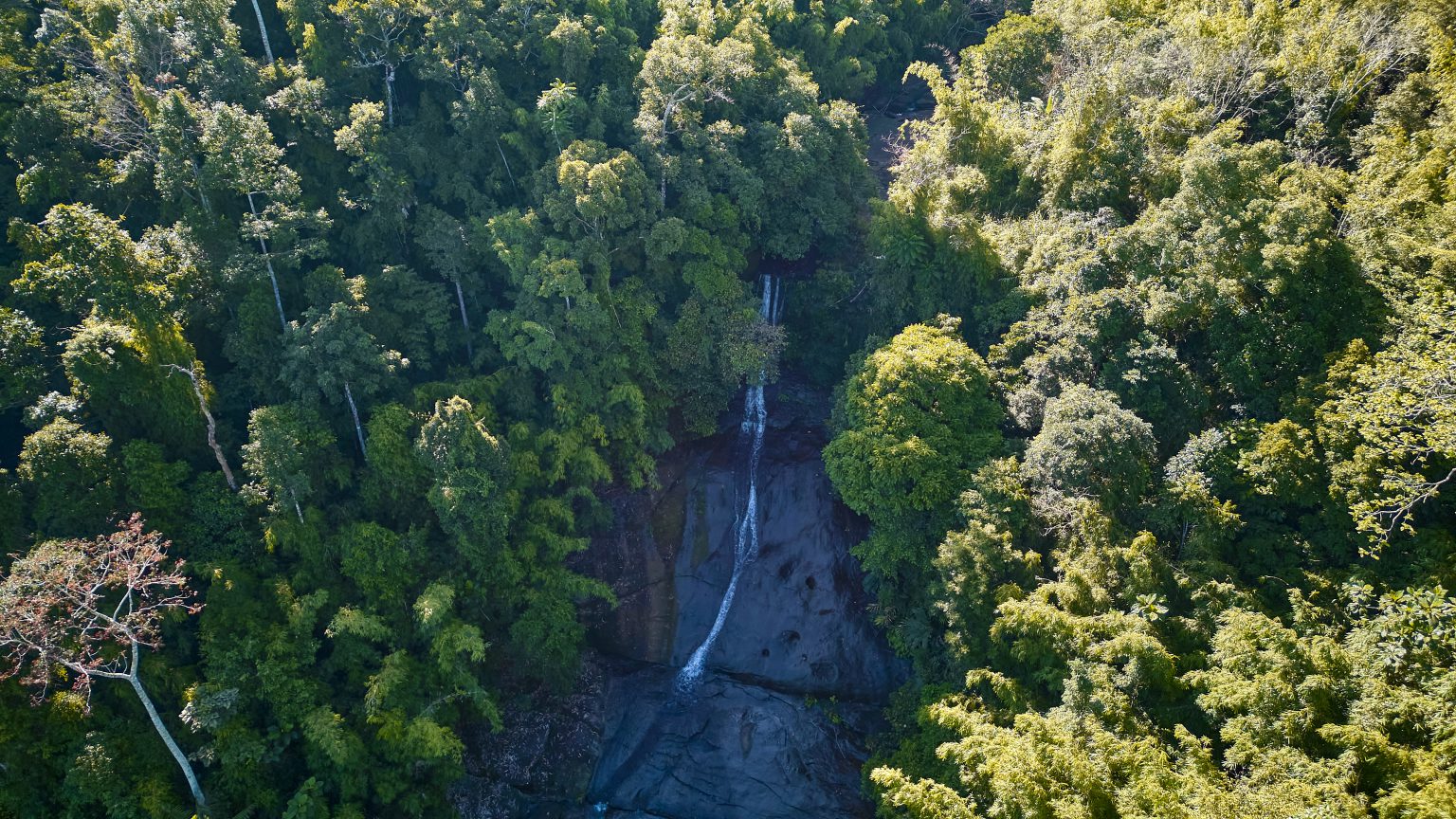
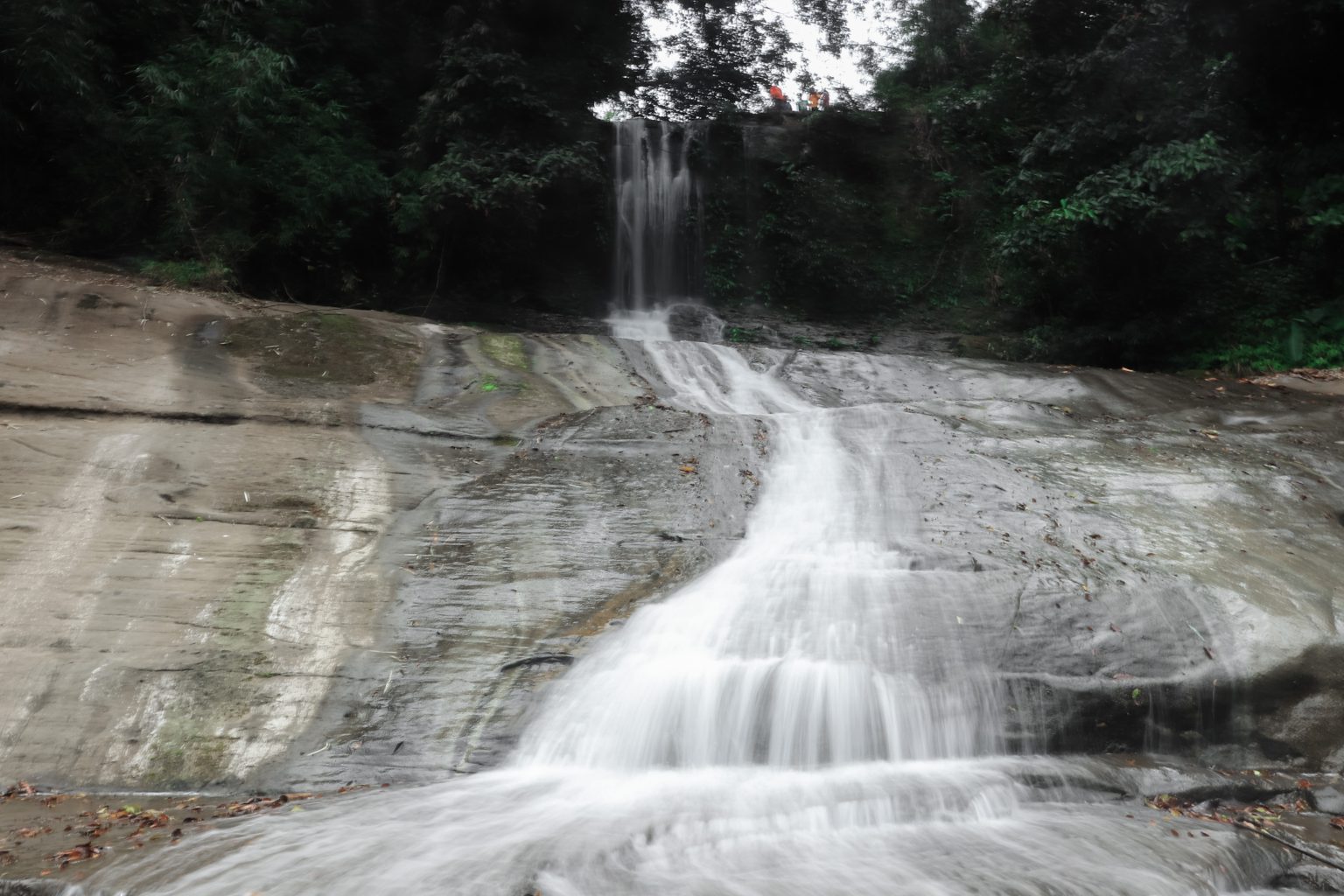
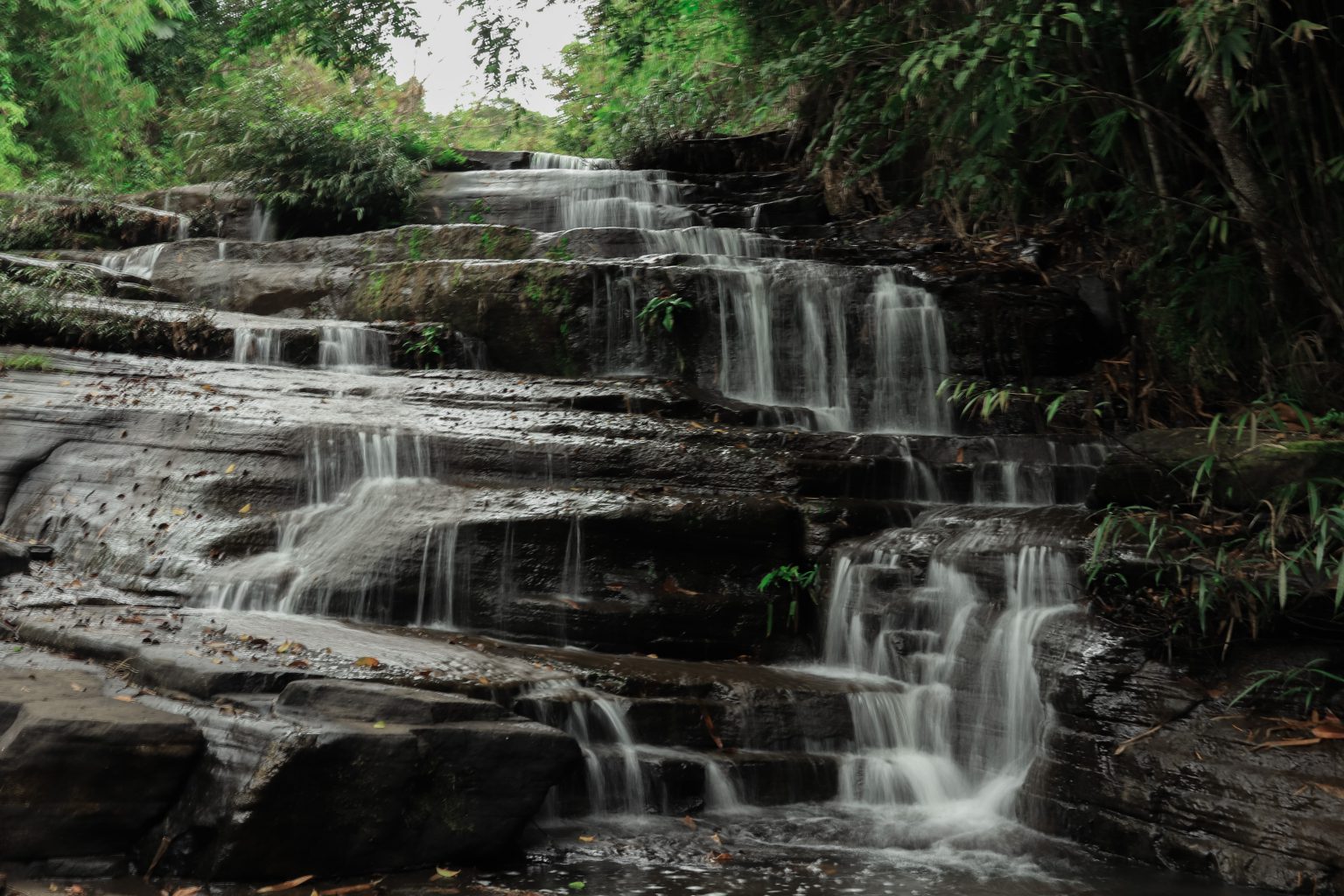
Santa Ines de Montepulciano Church
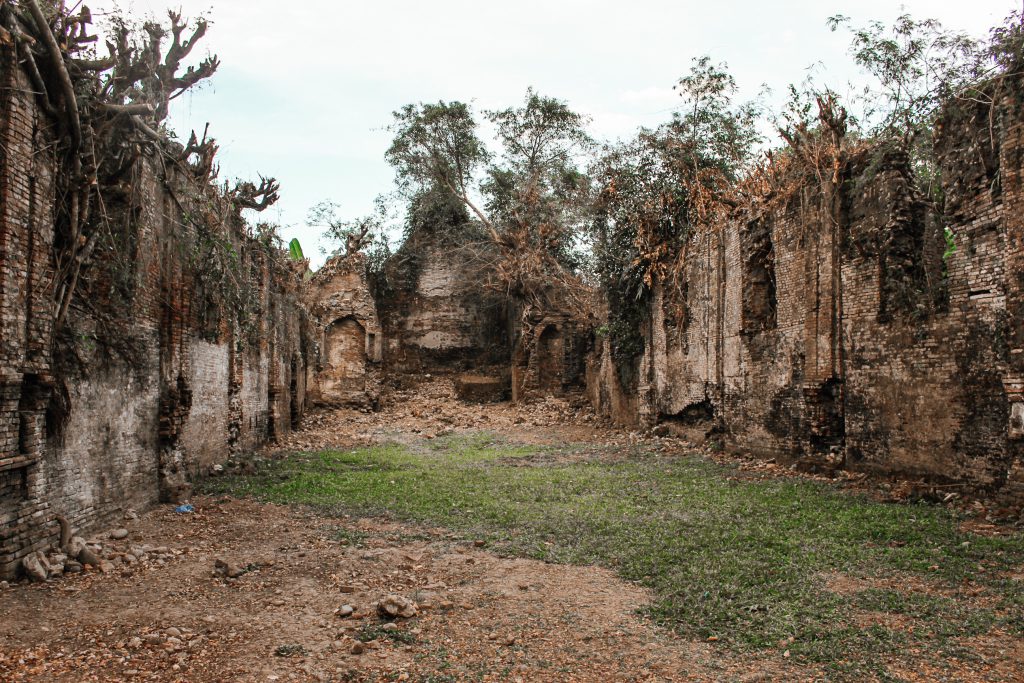
Santa Ines de Montepulciano Church (Tabang Church Ruins)
Brgy. Tabang, Santo Niño (Faire), Cagayan
The Dominican missions to the Itawes region of Cagayan began in the early 17th Century. The pueblos of Tabang and Lubo located at the banks of the Chico River were the first settlements established by the Spanish in the Itawes and they were accepted by the Dominicans as their mission pueblos in 1604. The patron saint of Tabang was Santa Ines de Montepulciano while Lubo was San Raymundo de Peñafort.Before his martyrdom in Japan, Blessed Angelo Ferrer Orsucci, OP served as a missionary priest to Lubo,Tabang, Piat and other areas of the Itawes in 1606. Towards the 18th century, Tabang progressed while Lubo was abandoned by the Dominicans and traces of its church cannot anymore be found.
Little is known about this structure The church of Tabang was built in 1731 and it was one of the first churches in the Cagayan Valley to use the red brick (ladrillo) before the Tuguegarao Cathedral in 1761. According to Architect Manolo Noche, the church of Tabang falls under the "Proto-Tuguegarao" type of church architecture; Cagayan Valley churches built from 1731 to 1743. In the late 18th century, Tabang began to lose its prominence when it was merged with Piat. In 1878, Fr. Hilario Ma. Ocio, OP, famous Dominican archivist and historian, served as parish priest of Tabang. A Royal Decree dated February 4, 1894 finally separated Tabang from Piat. The re-established Tabang was placed under the patronage of Santo Niño.
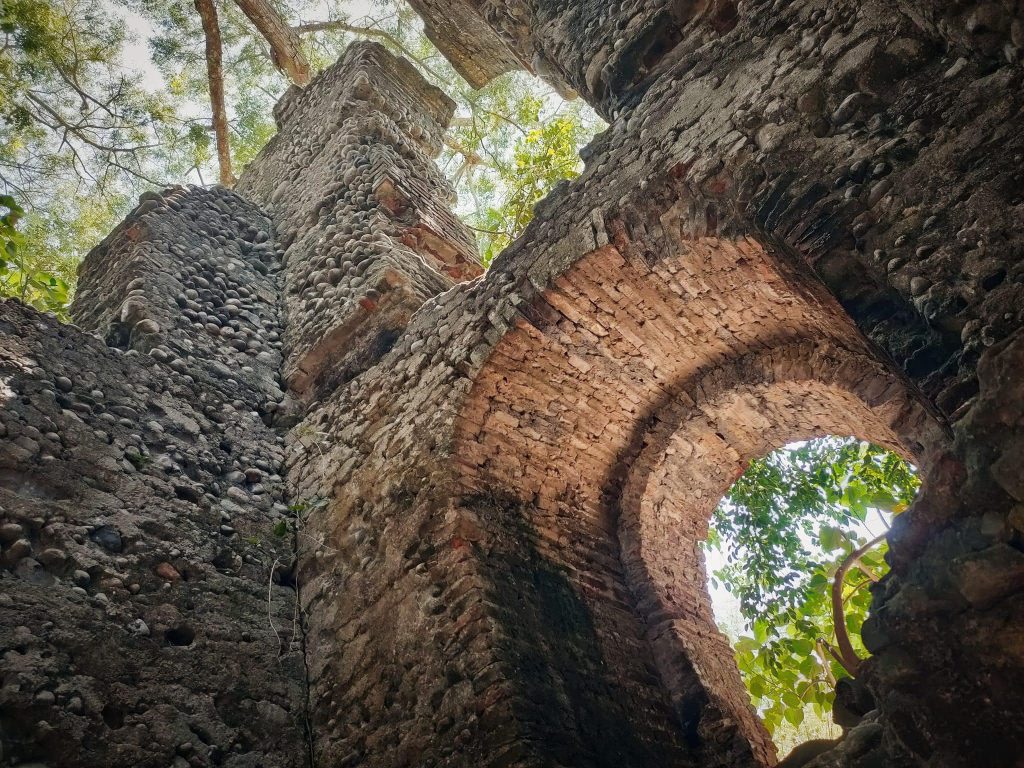
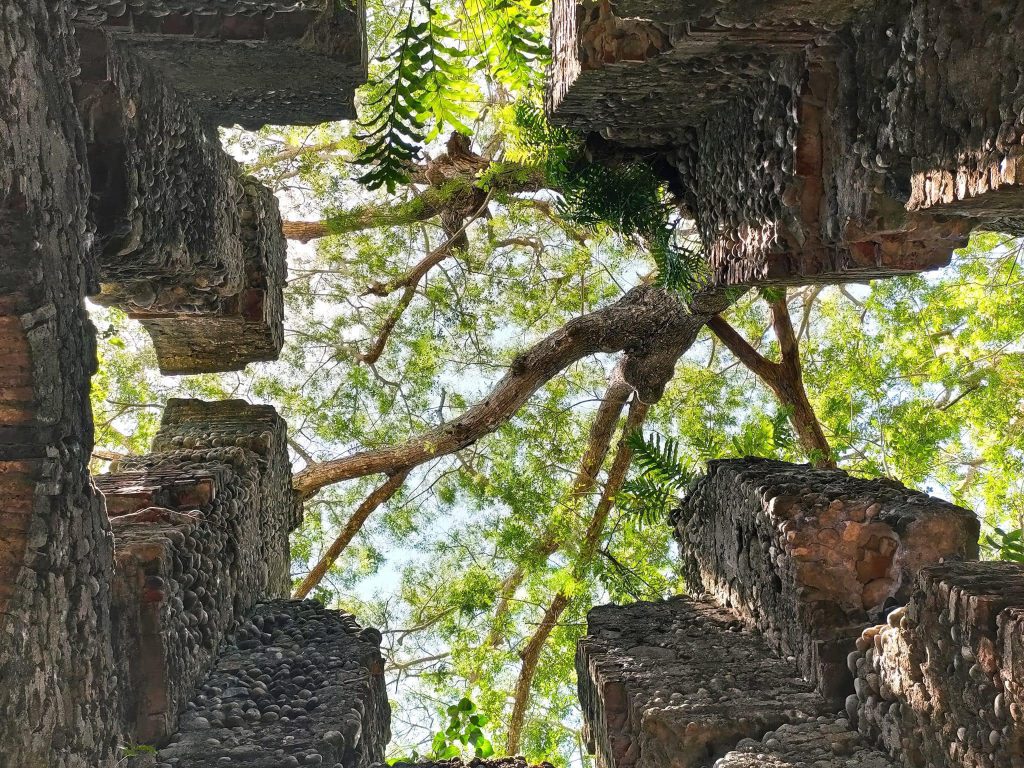
The Royal Order dated November 27, 1897 helped established the town and parish of Santo Niño and its town center is located far from the old poblacion of Tabang. The newly-established town was placed under the patronage of the town's namesake. The church of Tabang was eventually abandoned and left to ruin. Tabang and Lubo, the once important towns of the Itawes region during the Spanish regime, are now barrios of Santo Niño, Cagayan.
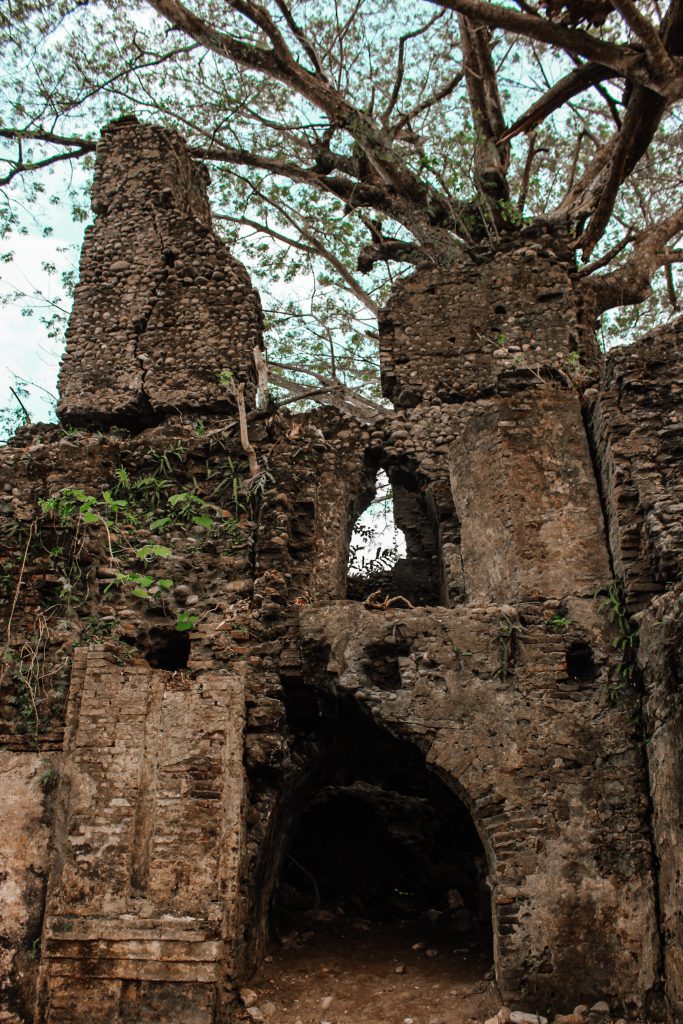
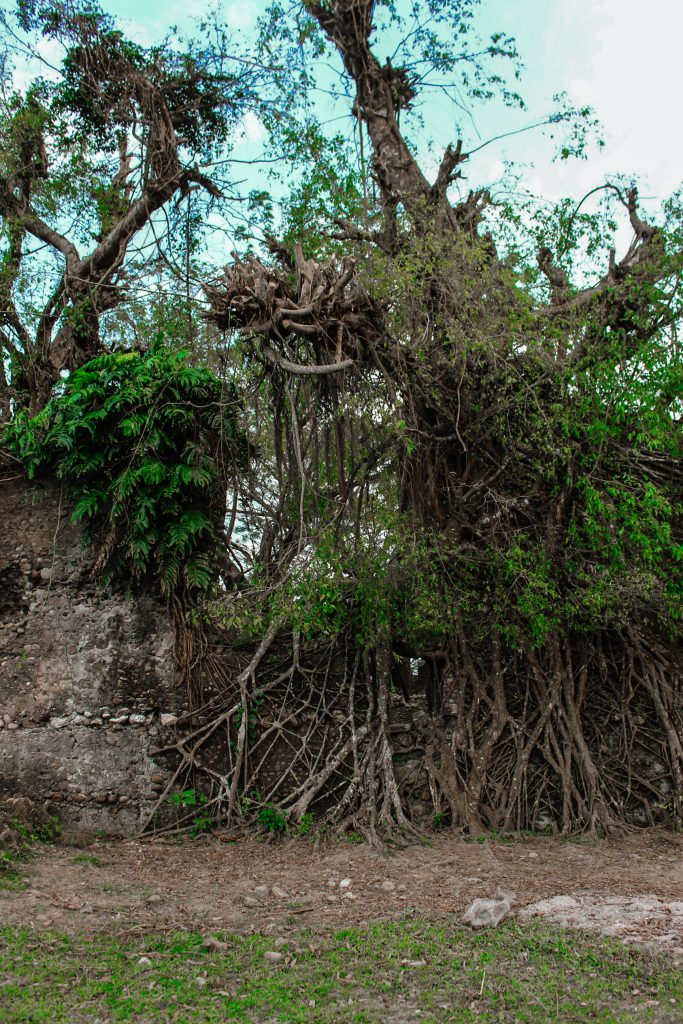
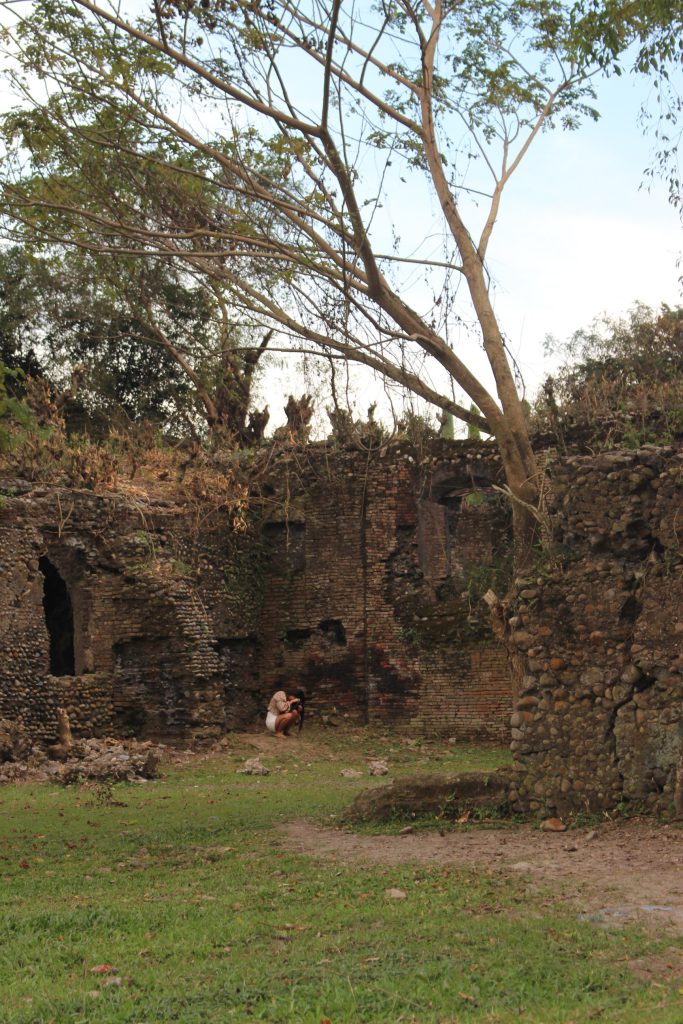
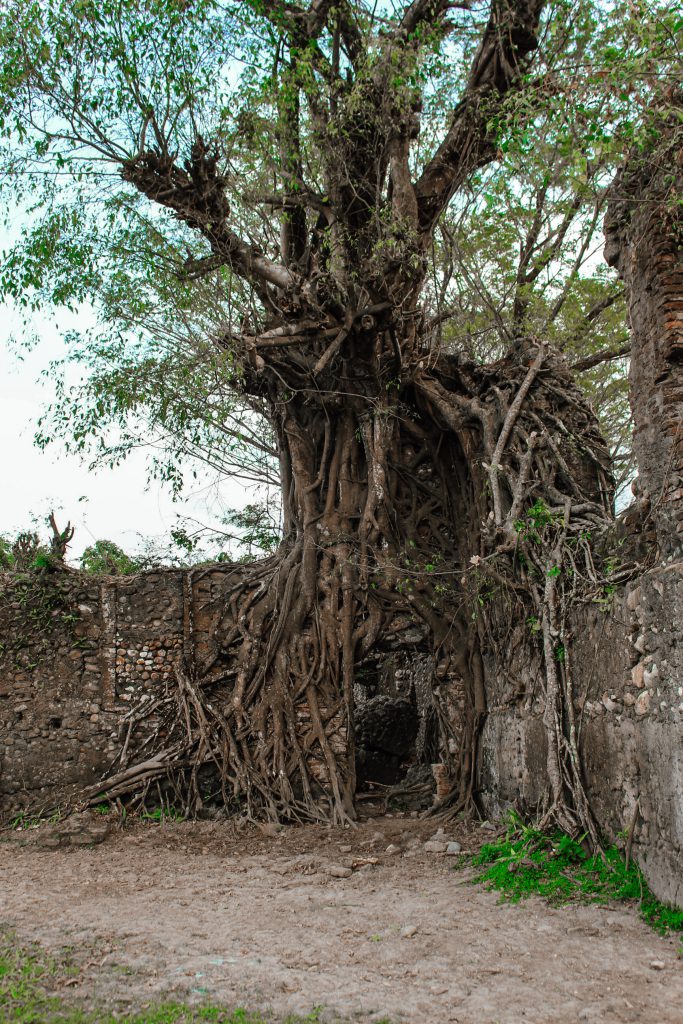
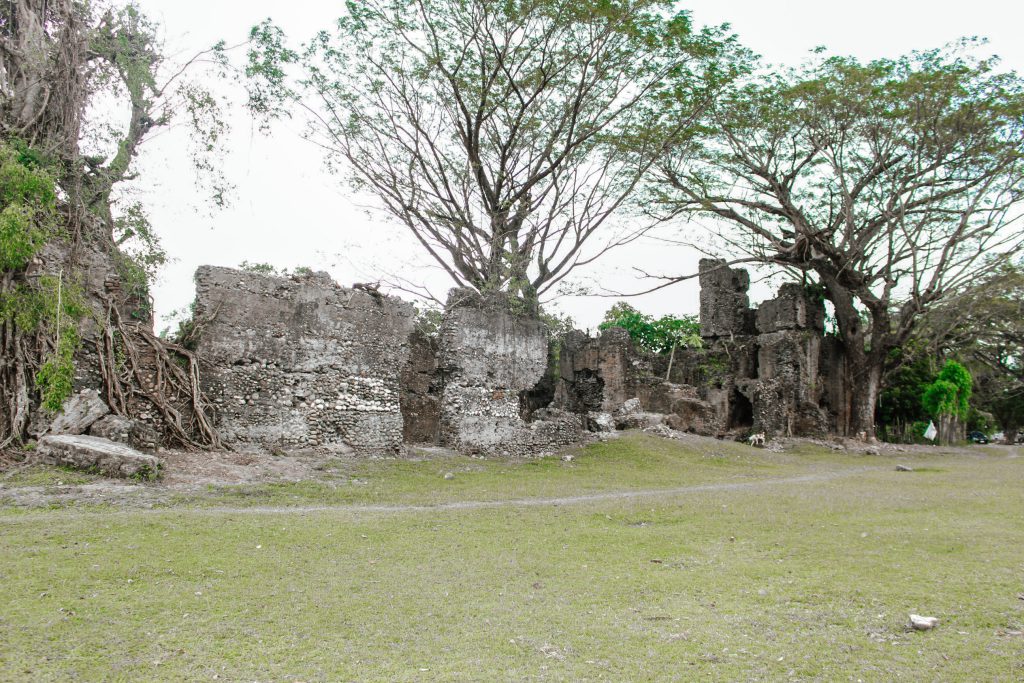
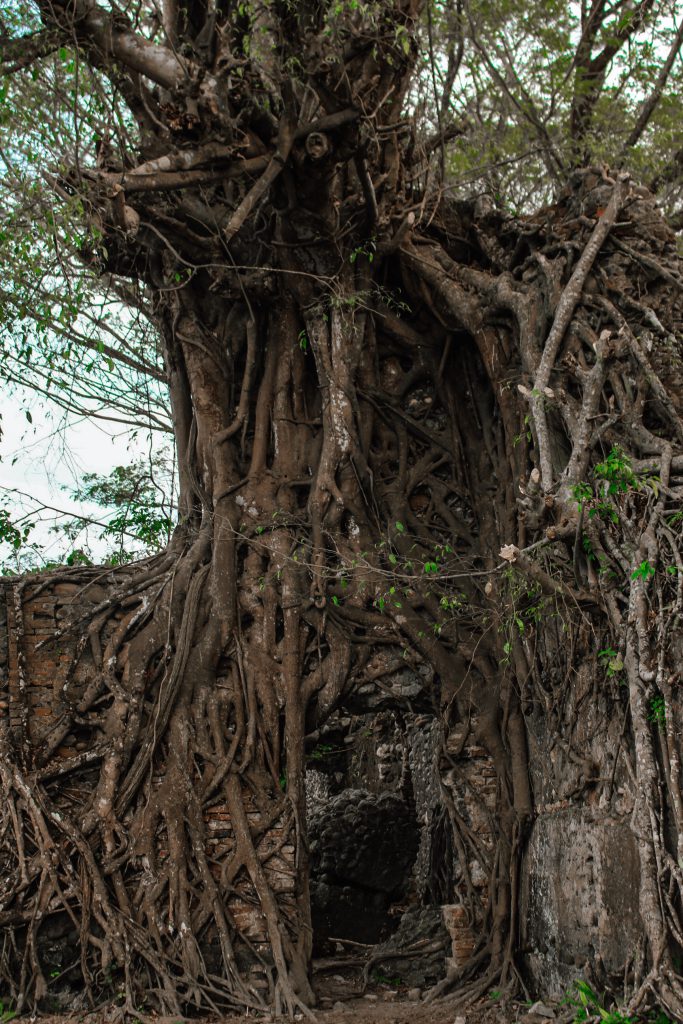
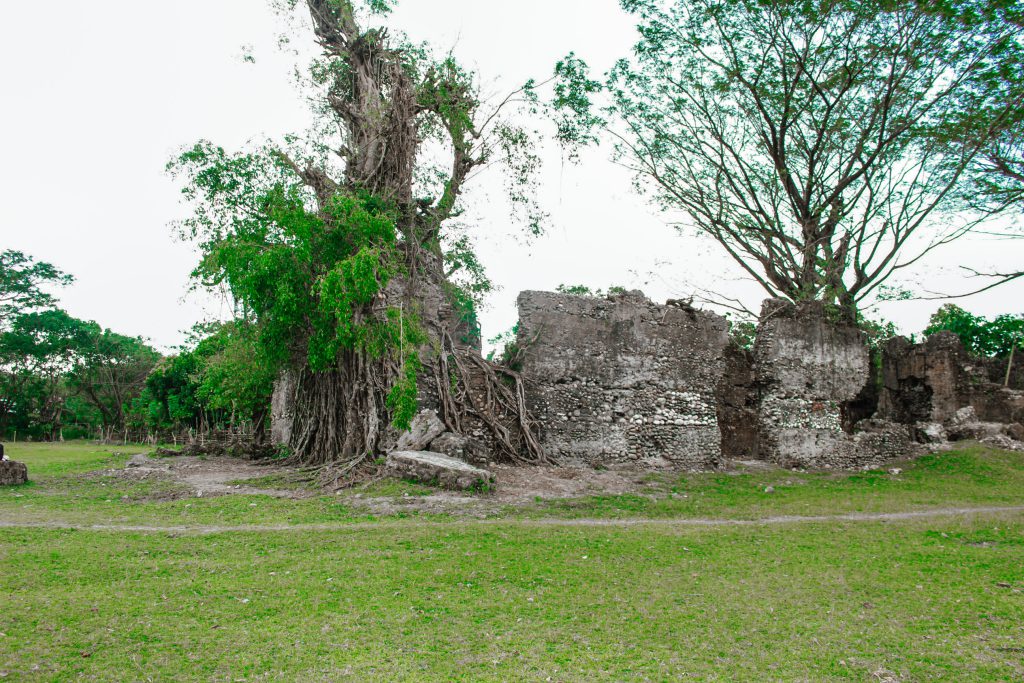
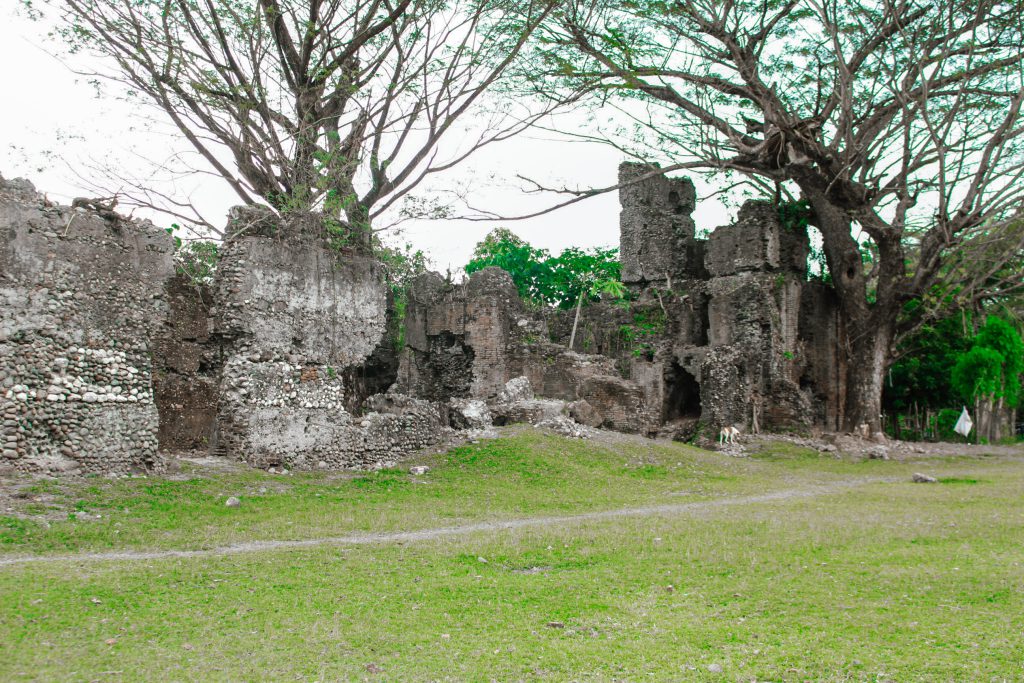
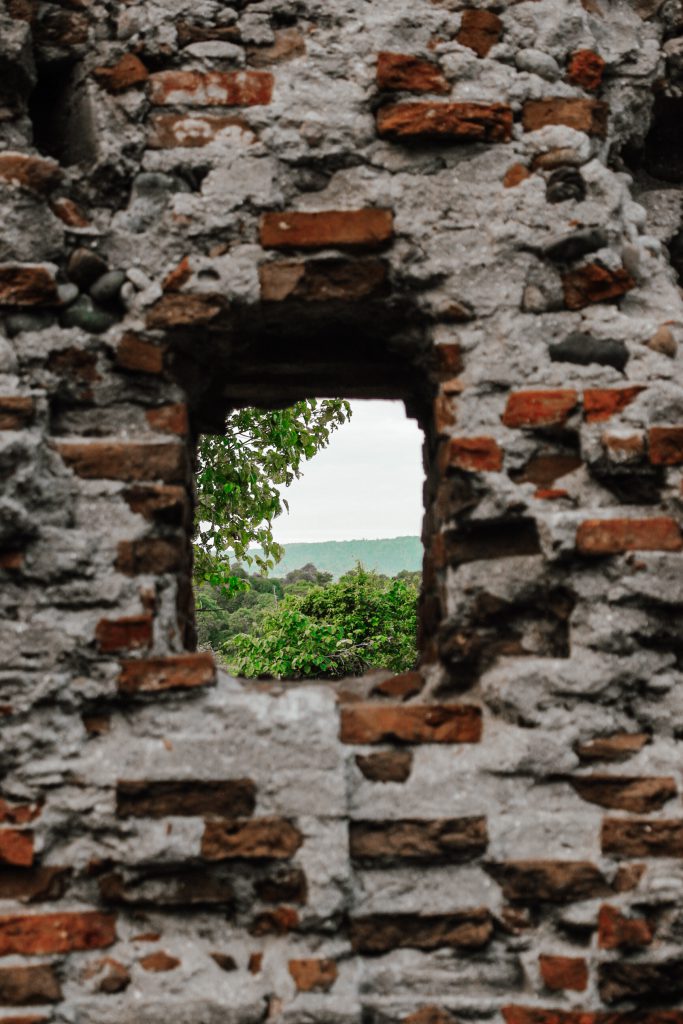
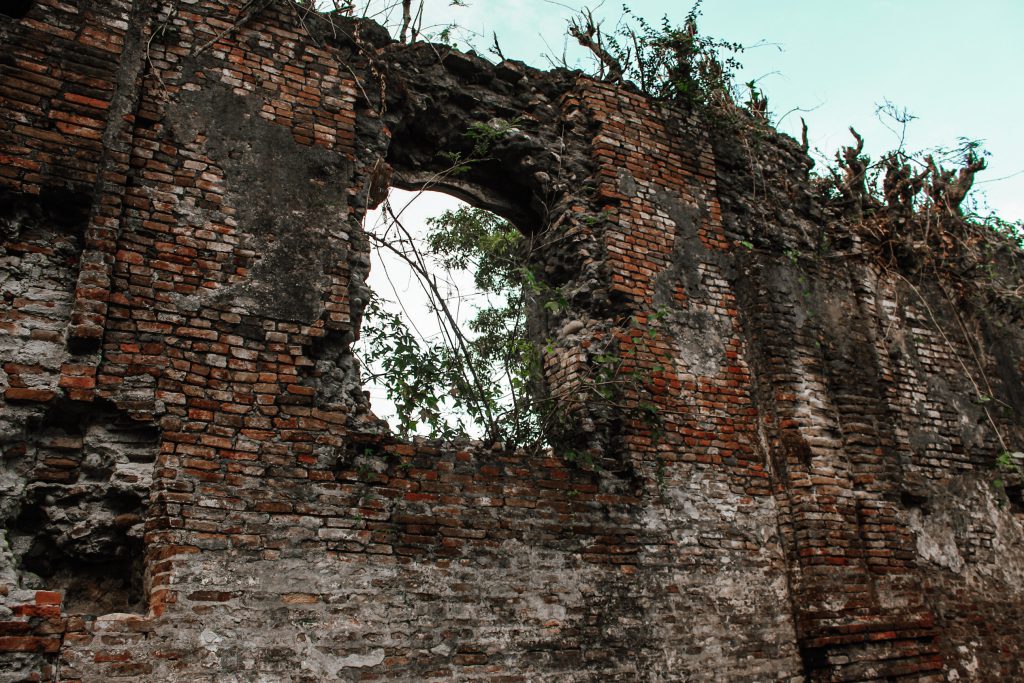

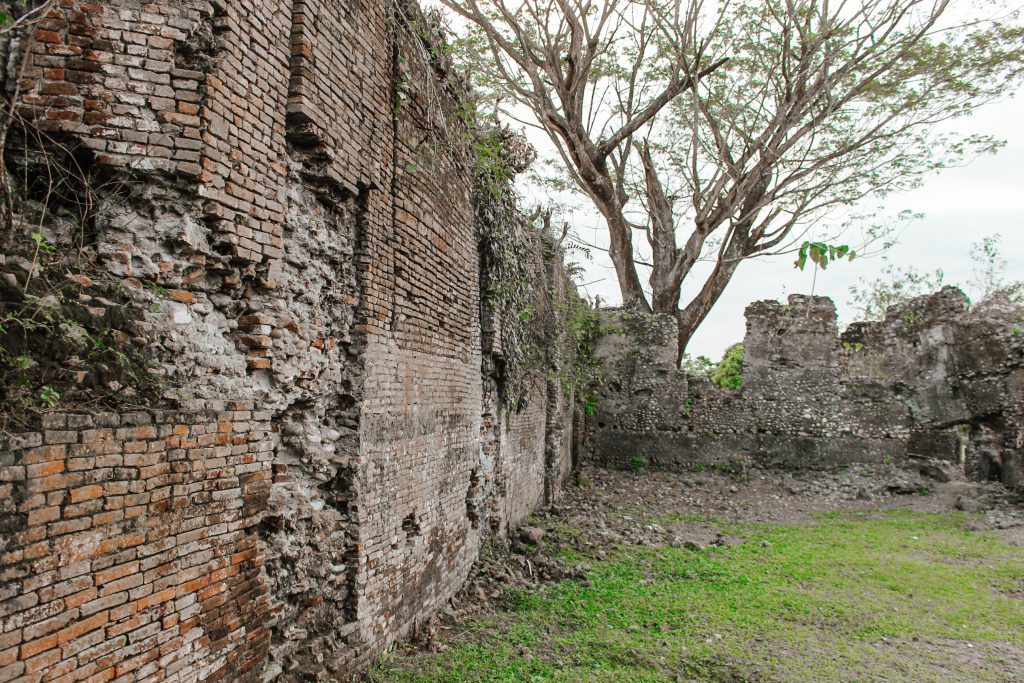
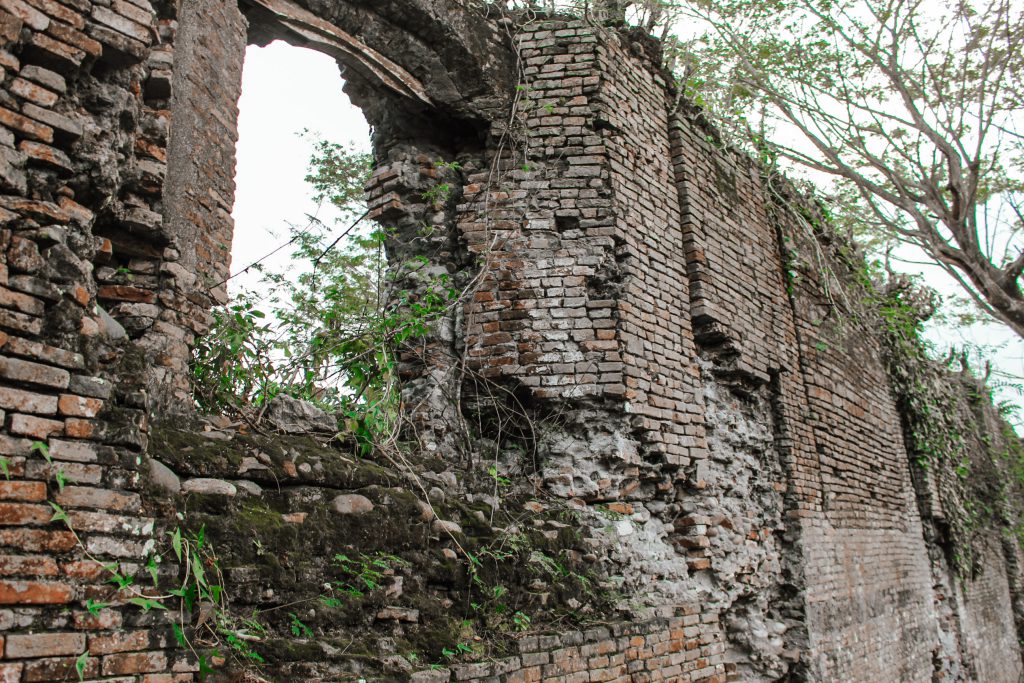
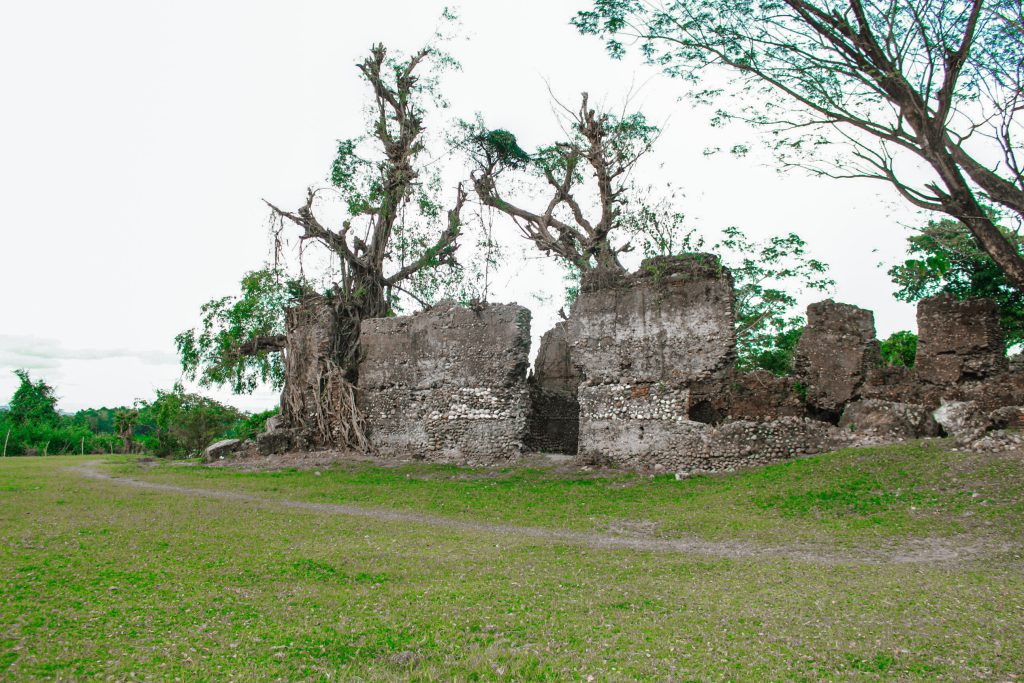
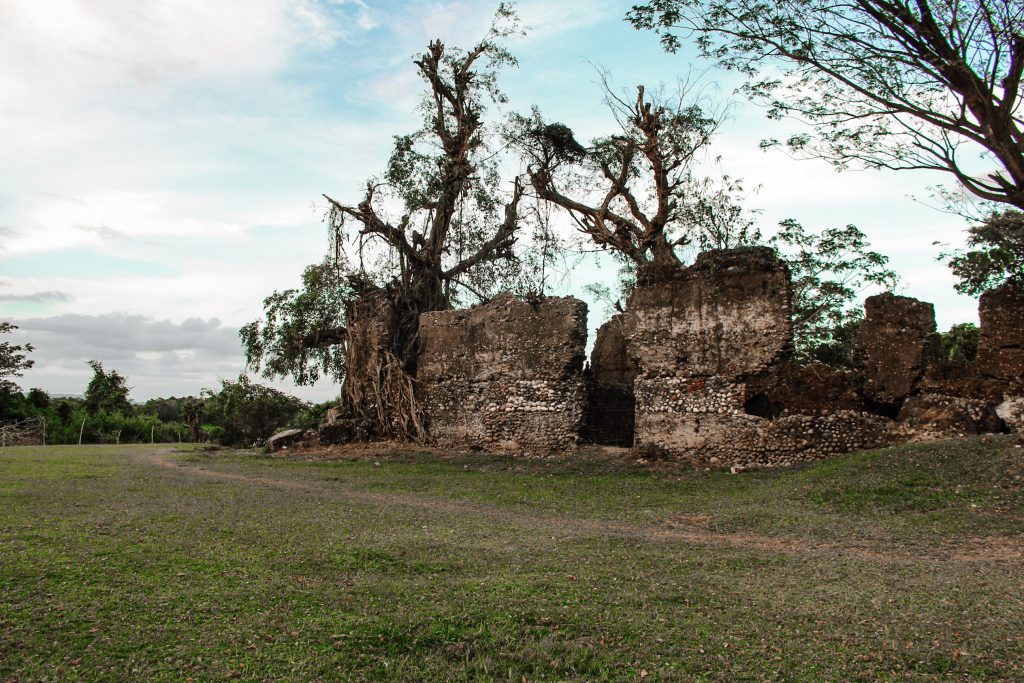
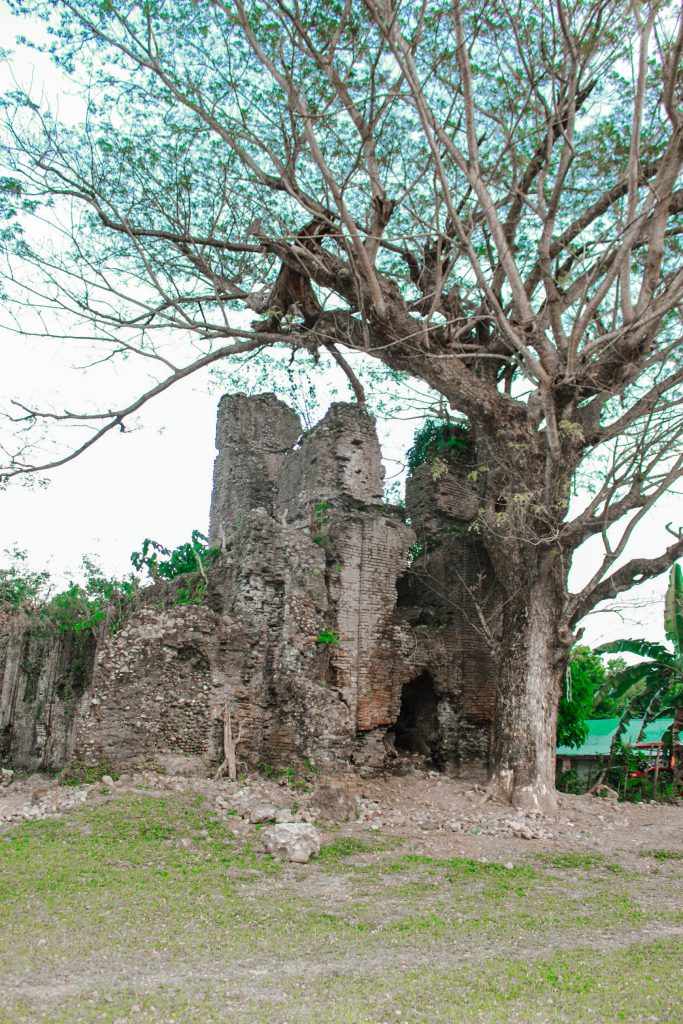
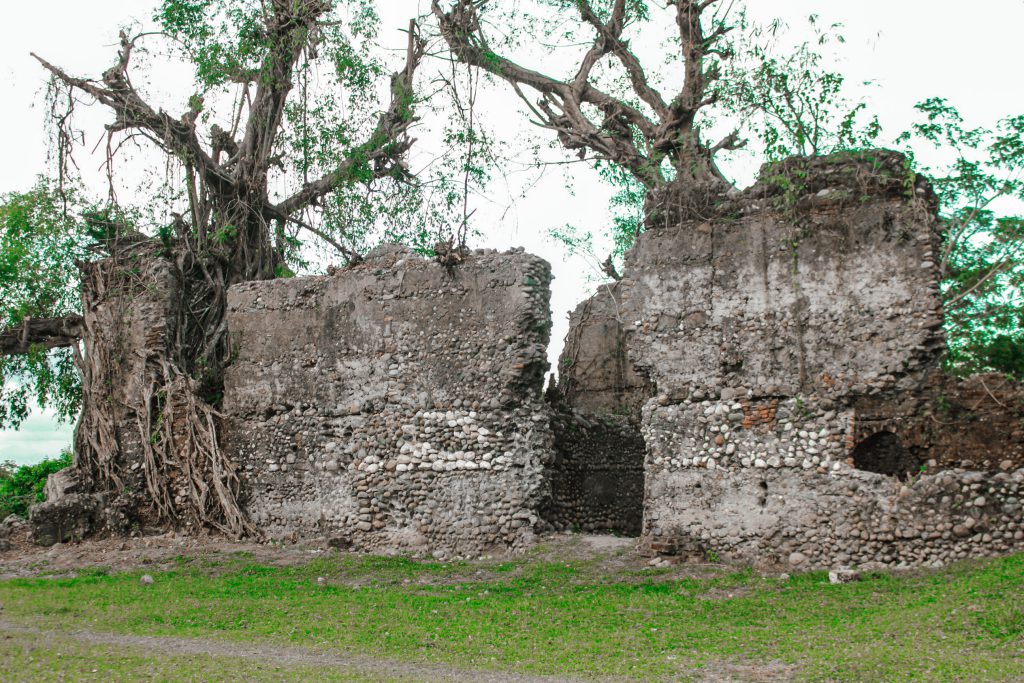
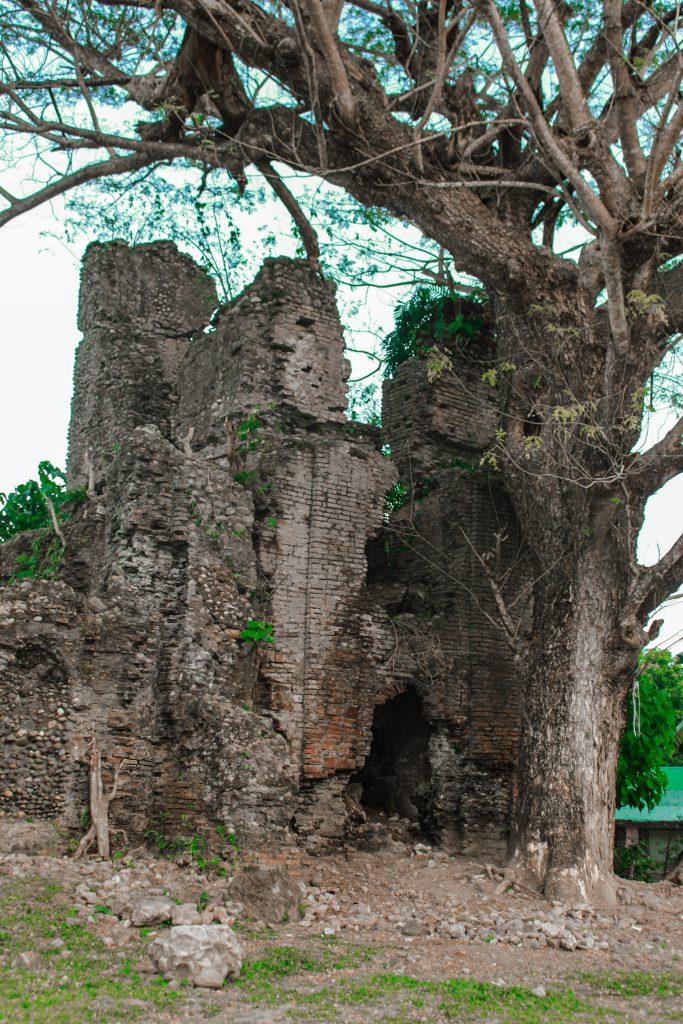
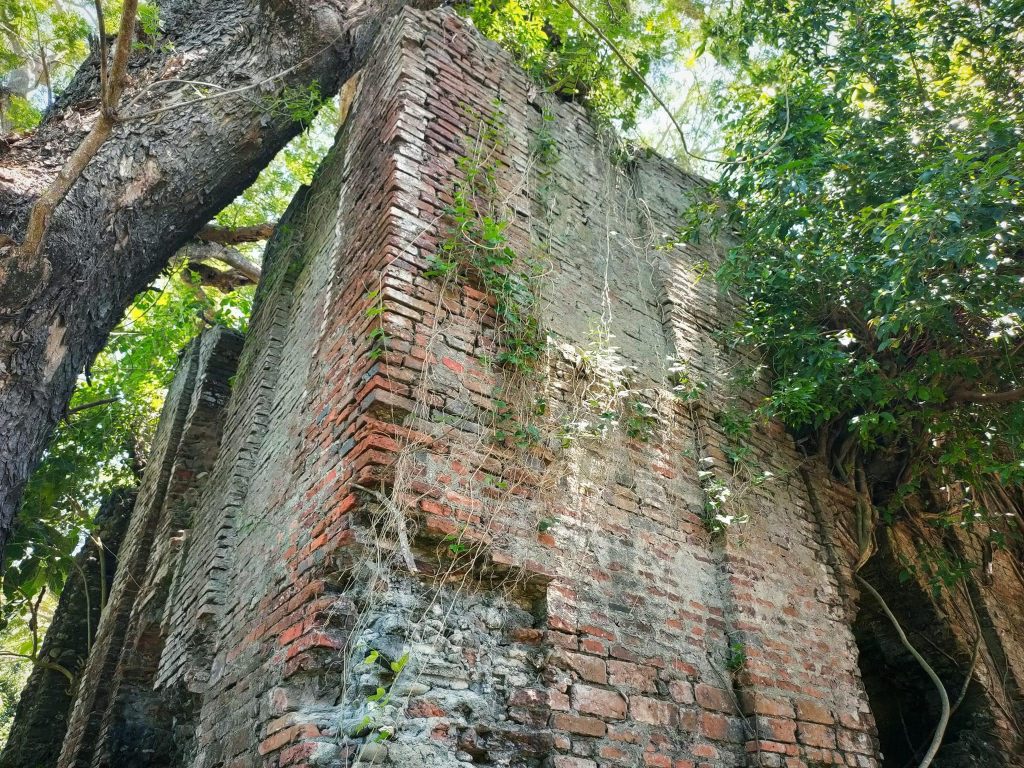
STANVAC
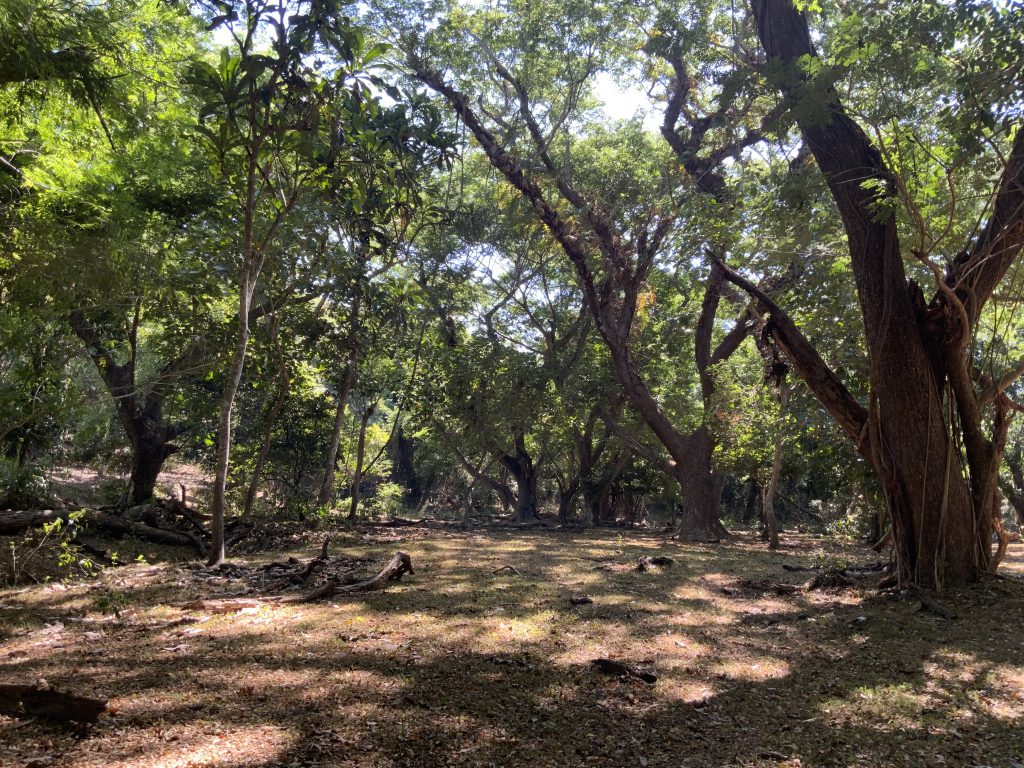
STANVAC
In March 1957, a standard vacuum oil company was created on this site. This oil firm was not continued, according to residents of barrio Palusao, for the reason that they cannot get enough oil from it. The Americans stayed in this area for about five years. The enormous Narra trees in this area were planted by the Americans who once lived here. At this moment, the place is only known by few and it is said that it has a potential to become a picnic grove best for adventure seekers and campers since it provides a really unique opportunity to enjoy and reconnect with nature.
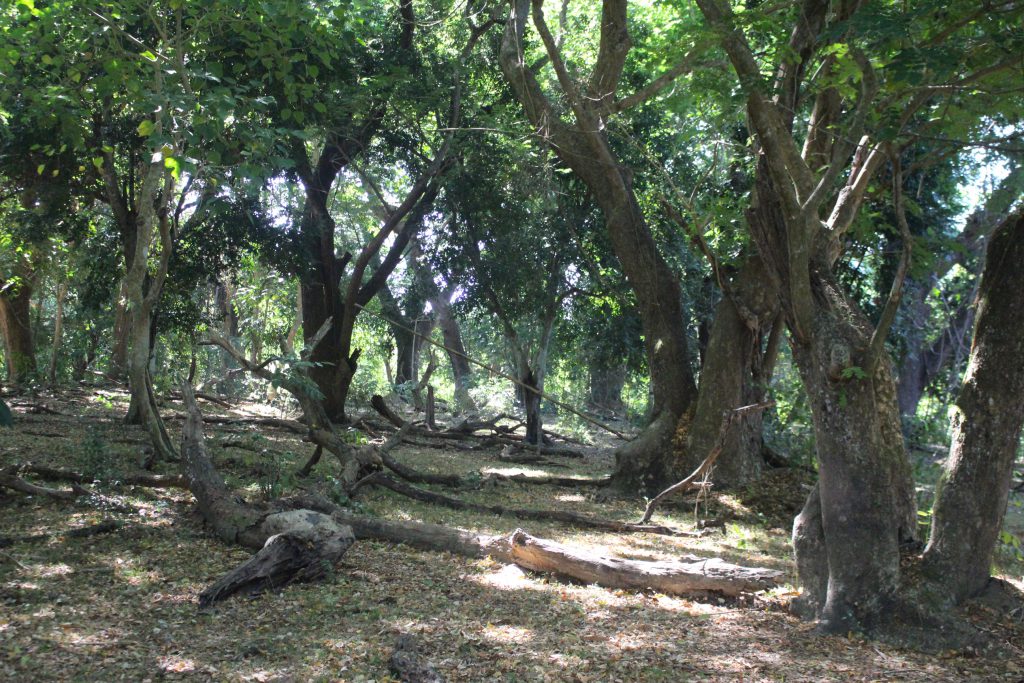
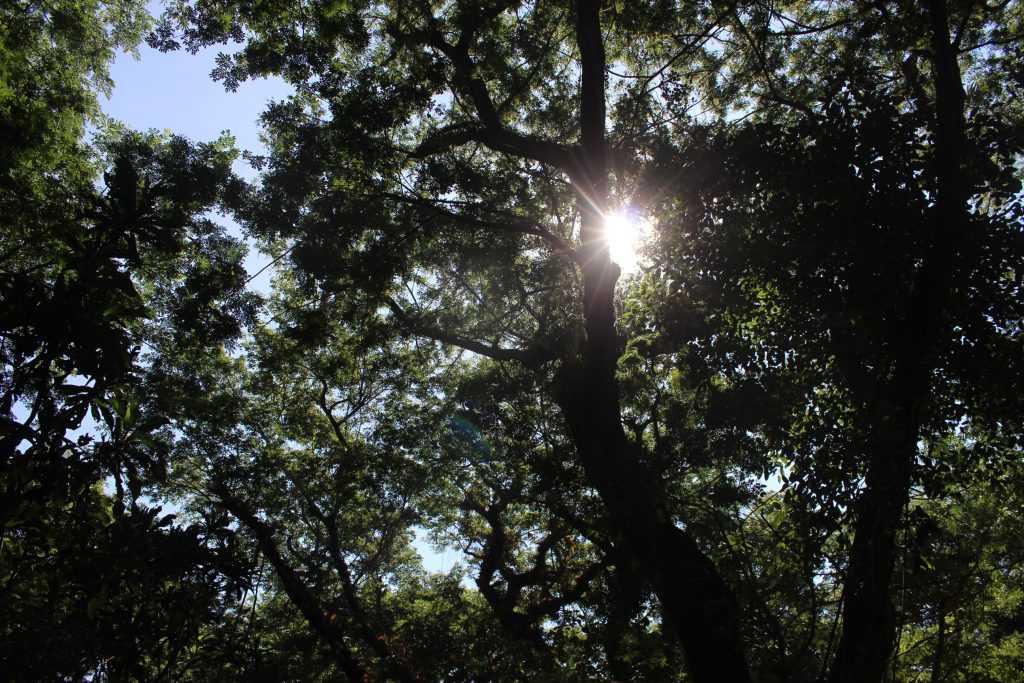
Ka’Milo Farm
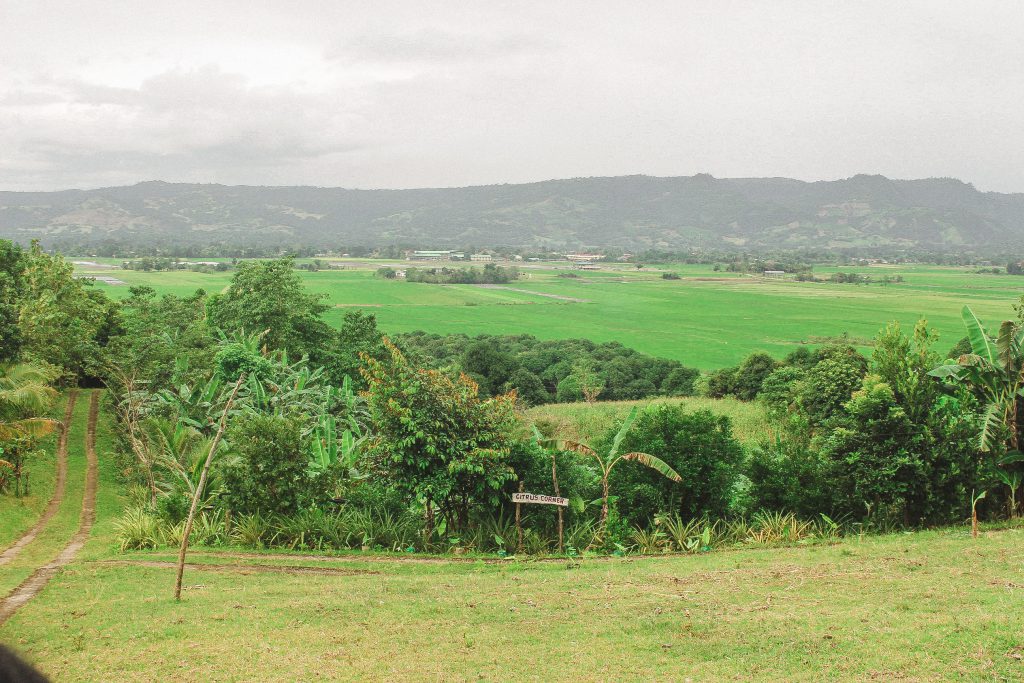
Ka’Milo Farm
Ka’Milo Farm
A 3.1 hectare-farm owned by Macaria Baltazar & her late husband, Camilo Baltazar. It was developed by their son, Retired Colonel Flaviano Baltazar which started way back May 2013, right after his retirement. According to him, his motivation was his love of nature, love of country, love of mother Earth and his passion and advocacy to help in mitigating climate change. He also said that, in his 33 years in service, he was assigned in different parts of the Phillipines, however, he was never given the chance to serve in his own town, his birthplace, Sto. Niño, Cagayan. He then established the farm as his way of serving his hometown and his fellow Fairenians. He also quoted “After 7 years of developing Ka’Milo Farm, I’m so grateful because the present state of the farm manifests a concrete legacy which I will be leaving behind for the future generations to enjoy. “
Ka’Milo Farm was named after his late father, Camilo Baltazar. His nickname was Milo and they just added “Ka” or Manong which means brother. If you want to take a quick escape from your busy lives and wanted to relax, you may visit Ka’Milo Farm at Barangay Sidiran, Sto. Niño, Cagayan. It is a five minute drive from the town proper to the entrance and a 5 to 10 minute hike to reach the top of the farm. There is an entrance fee of Php. 20.00/ head for the maintenance of the place. Before you make your way up or start your hike, you’ll be able to see the fishpond at the base of the farm and at the uppermost part, a statue of Mama Mary is situated. Whenever you wish to be one with nature, the farm is surrounded by varieties of flowers, fruit trees and forest trees and domesticated animals are also raised here. The endless view of the fields from the top is breathtakingly beautiful and brings peaceful vibes to every person that visits the place. There are four cottages where you can sit and relax and just enjoy the amazing view from the top, especially during sunsets. There are also two villas for rent especially great for longer stays where you can savour the chilly ambiance of the place during night time. The villa costs Php 1,500.00 / night, good for two (2) pax, and is fully equipped with basic amenities. Moreover, you can also enjoy camping as the place is also a good destination for star gazing.
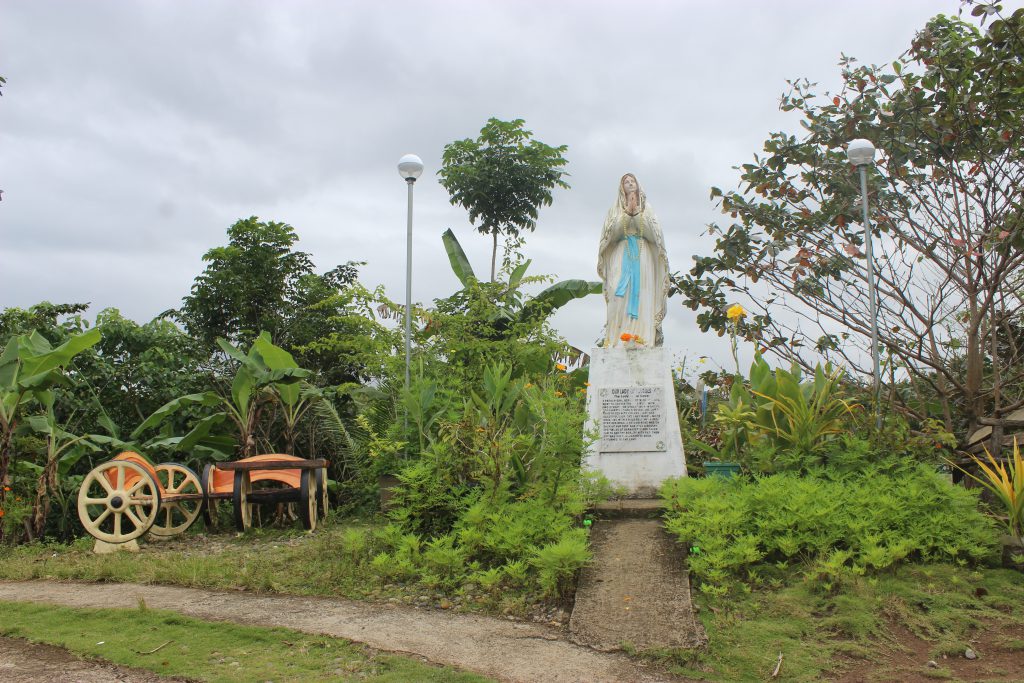
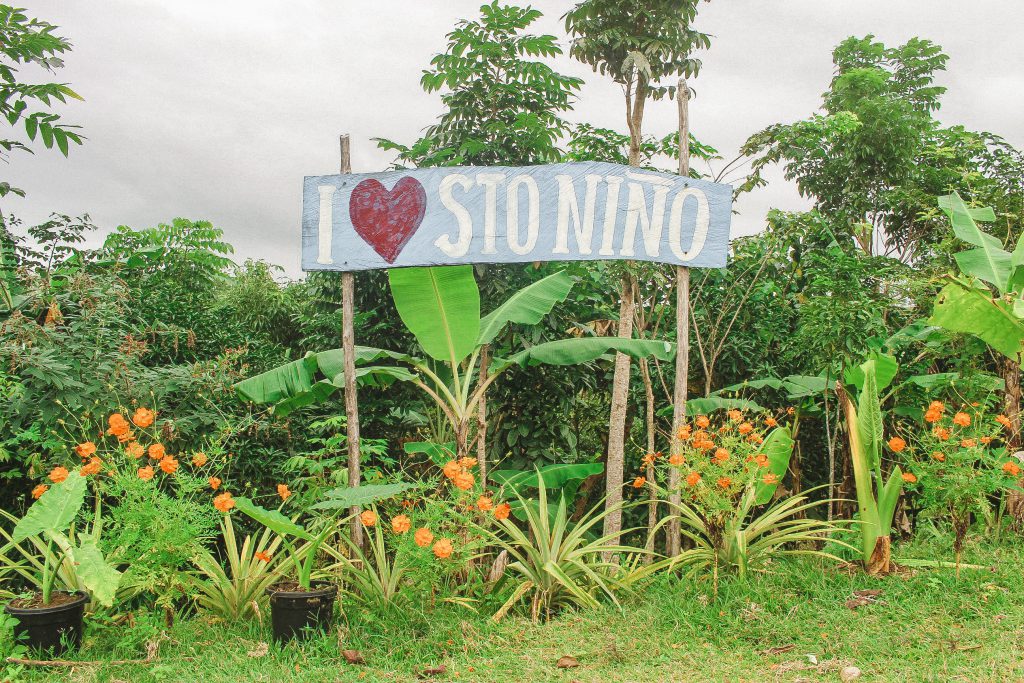
You may reach the farm through car, a motor cycle or a tricycle. Tricycles are available in front of the Municipal Hall. For reservations of the villas, you may contact the caretaker through 09175325724 or you can also follow and message them directly at their Facebook page ‘Kamilo Farm’.
